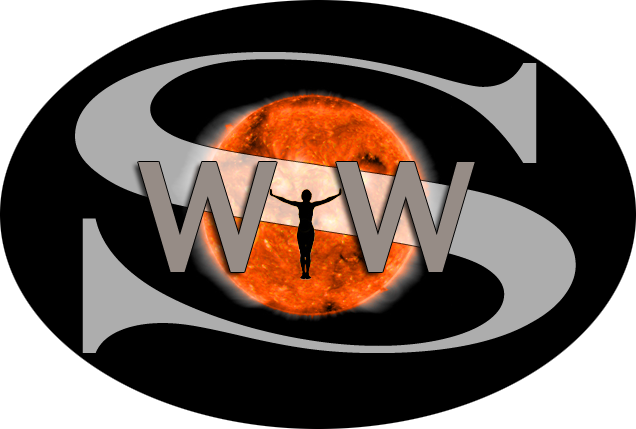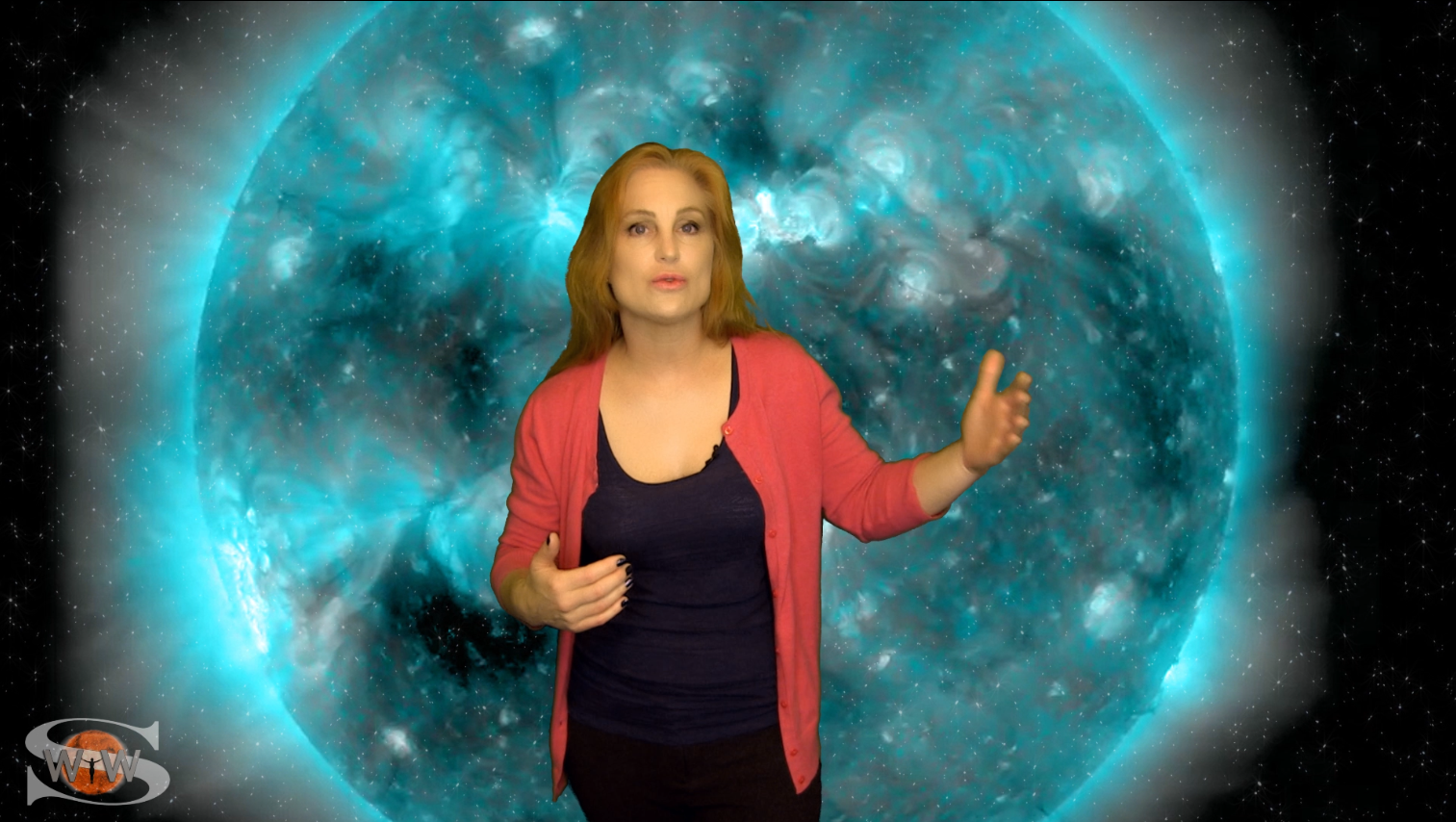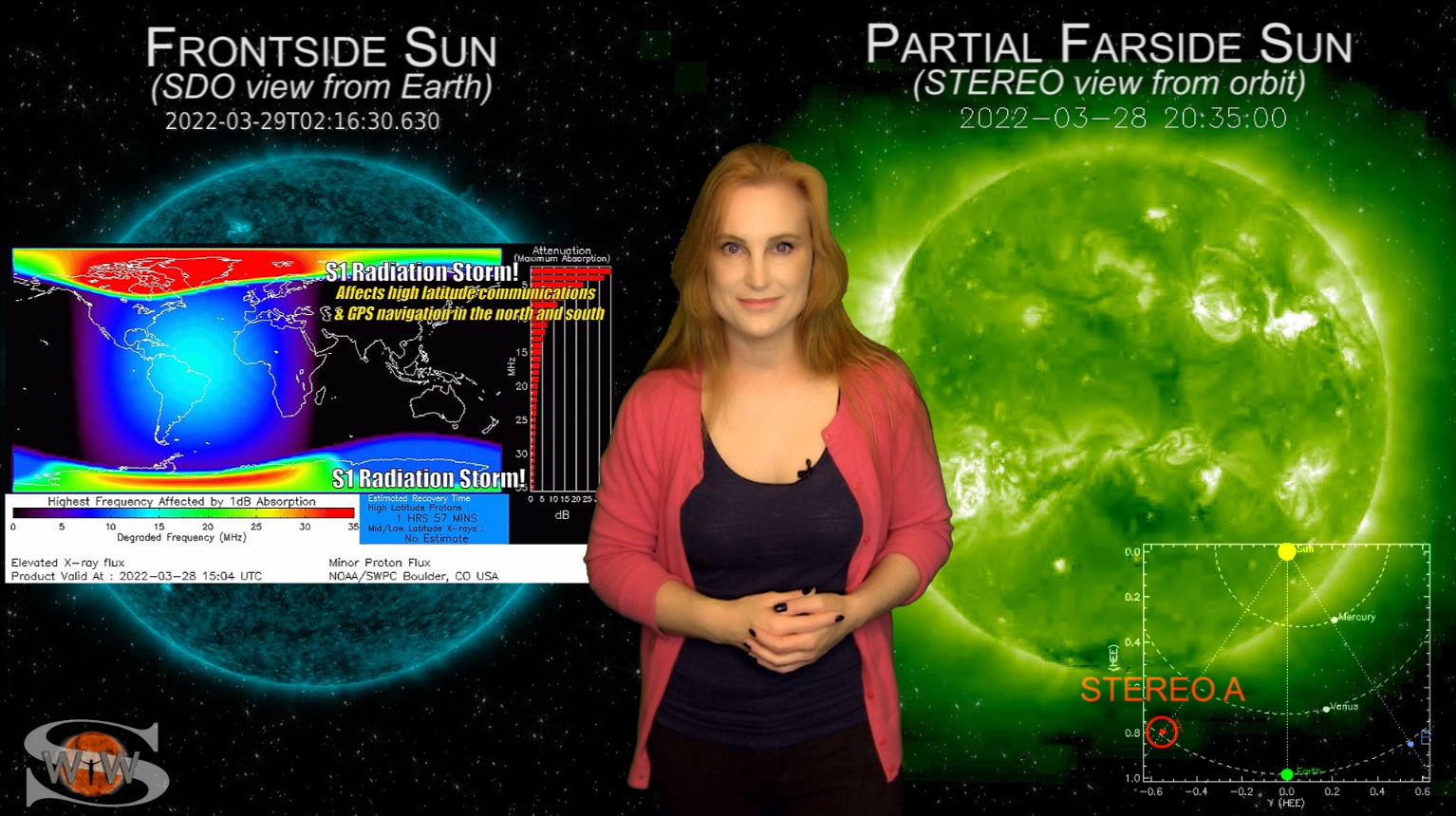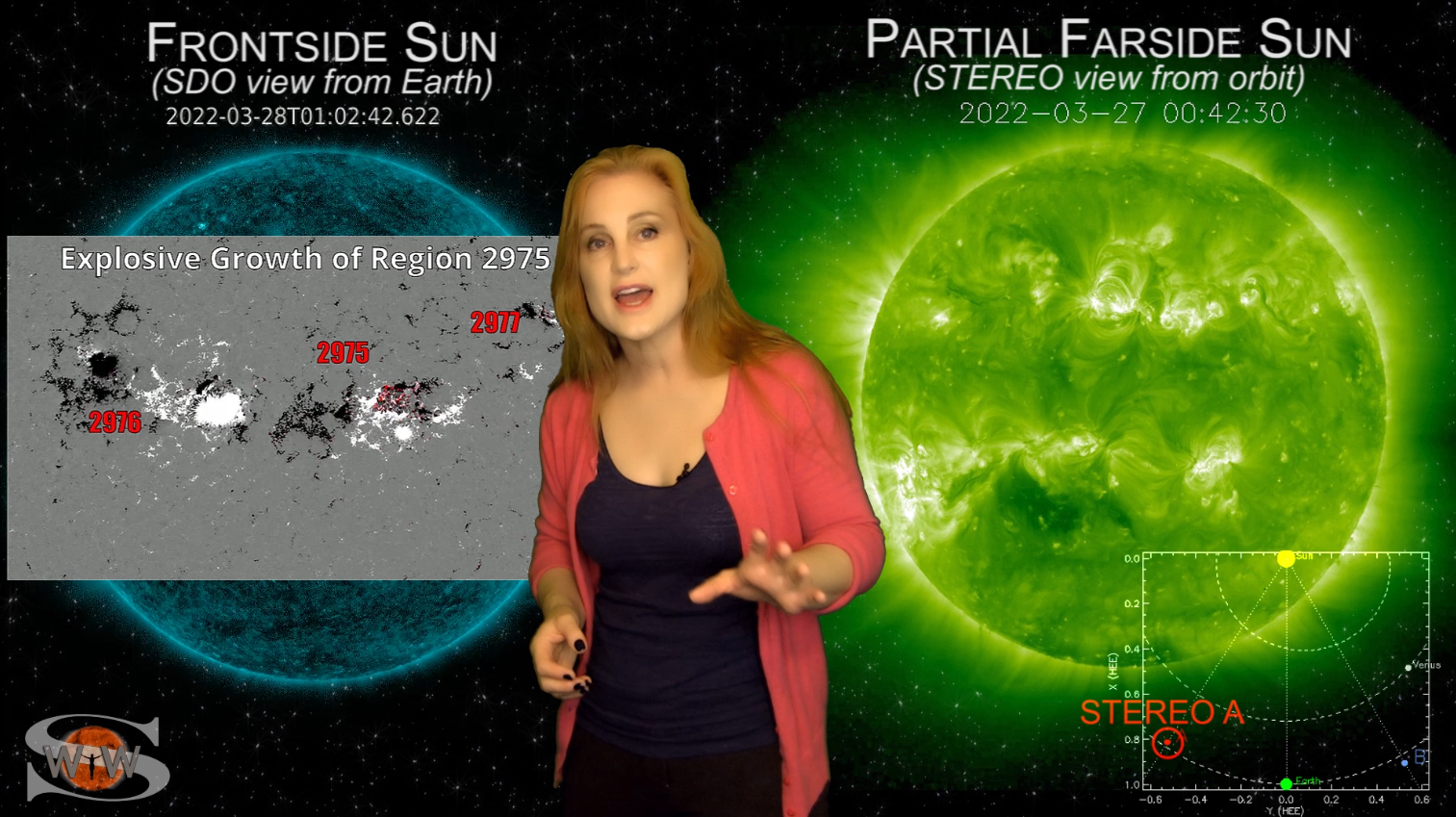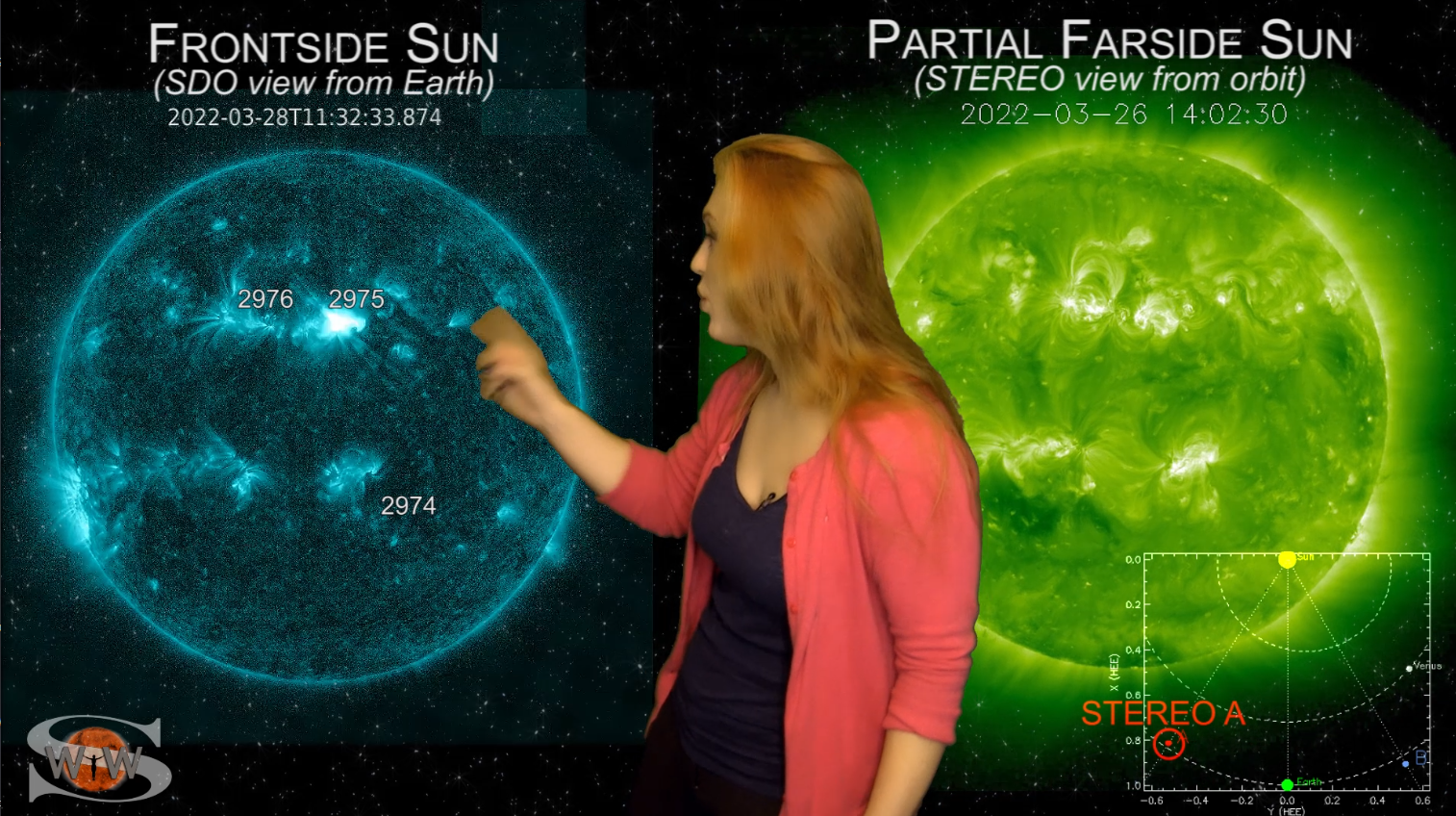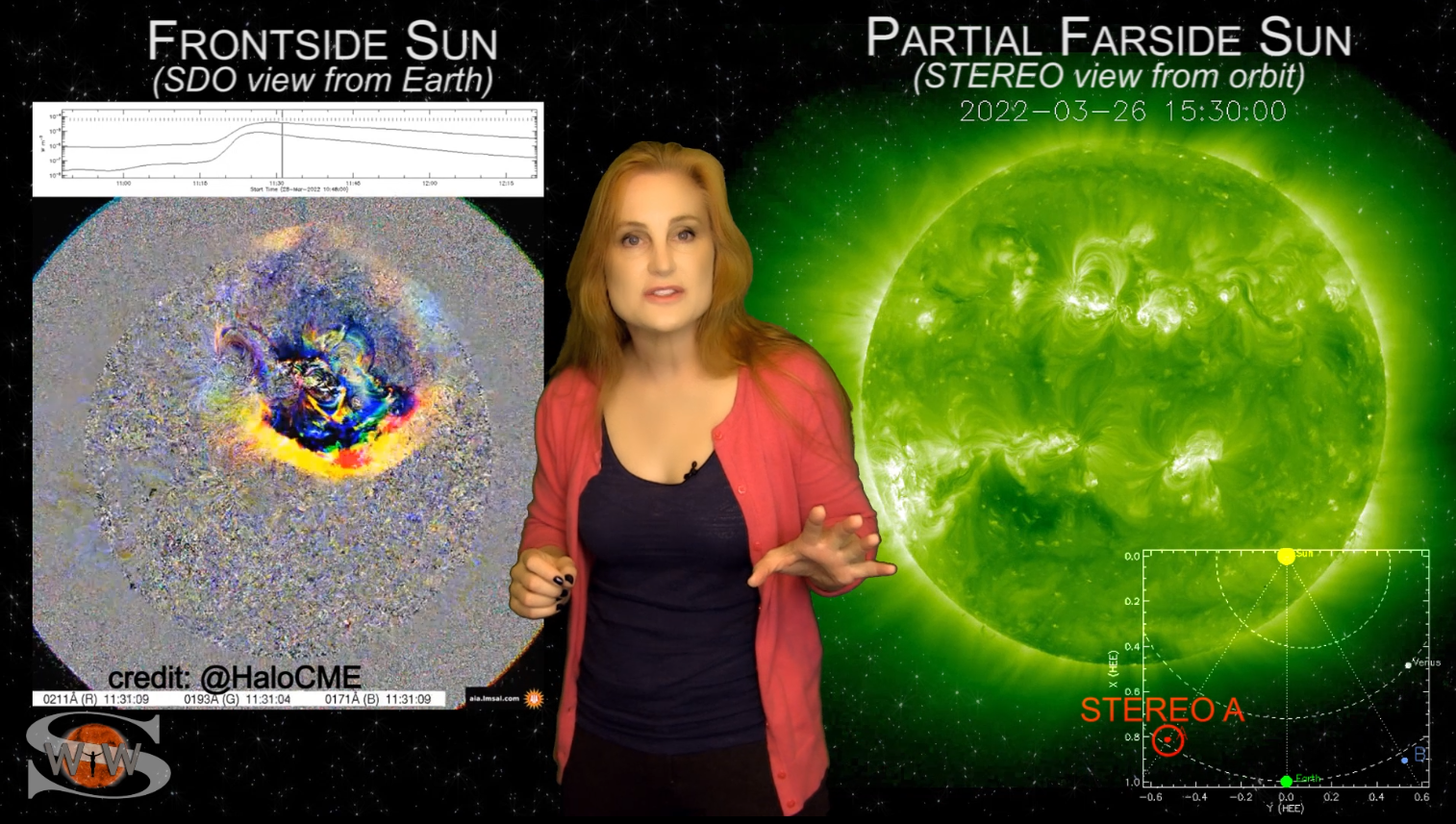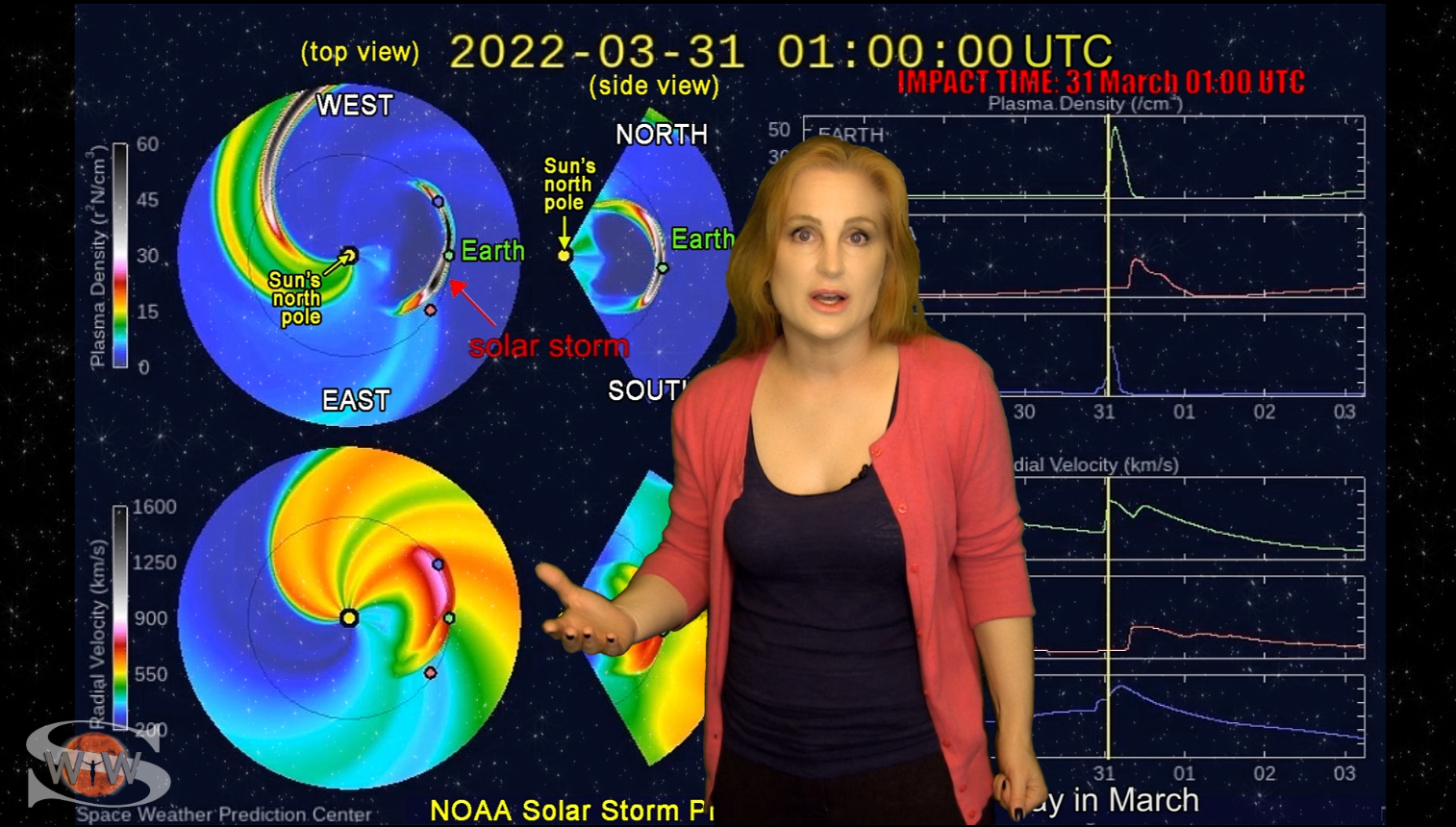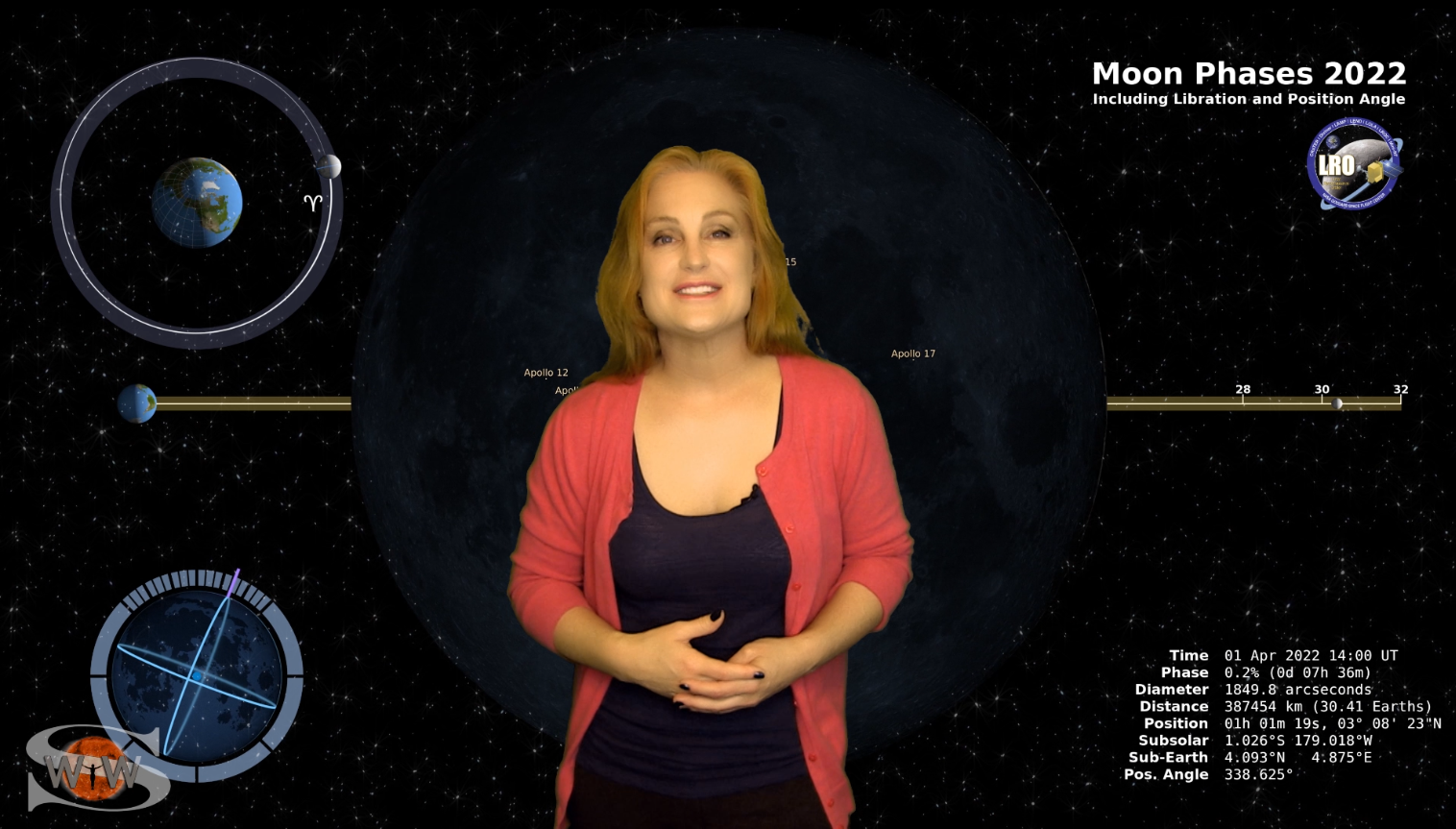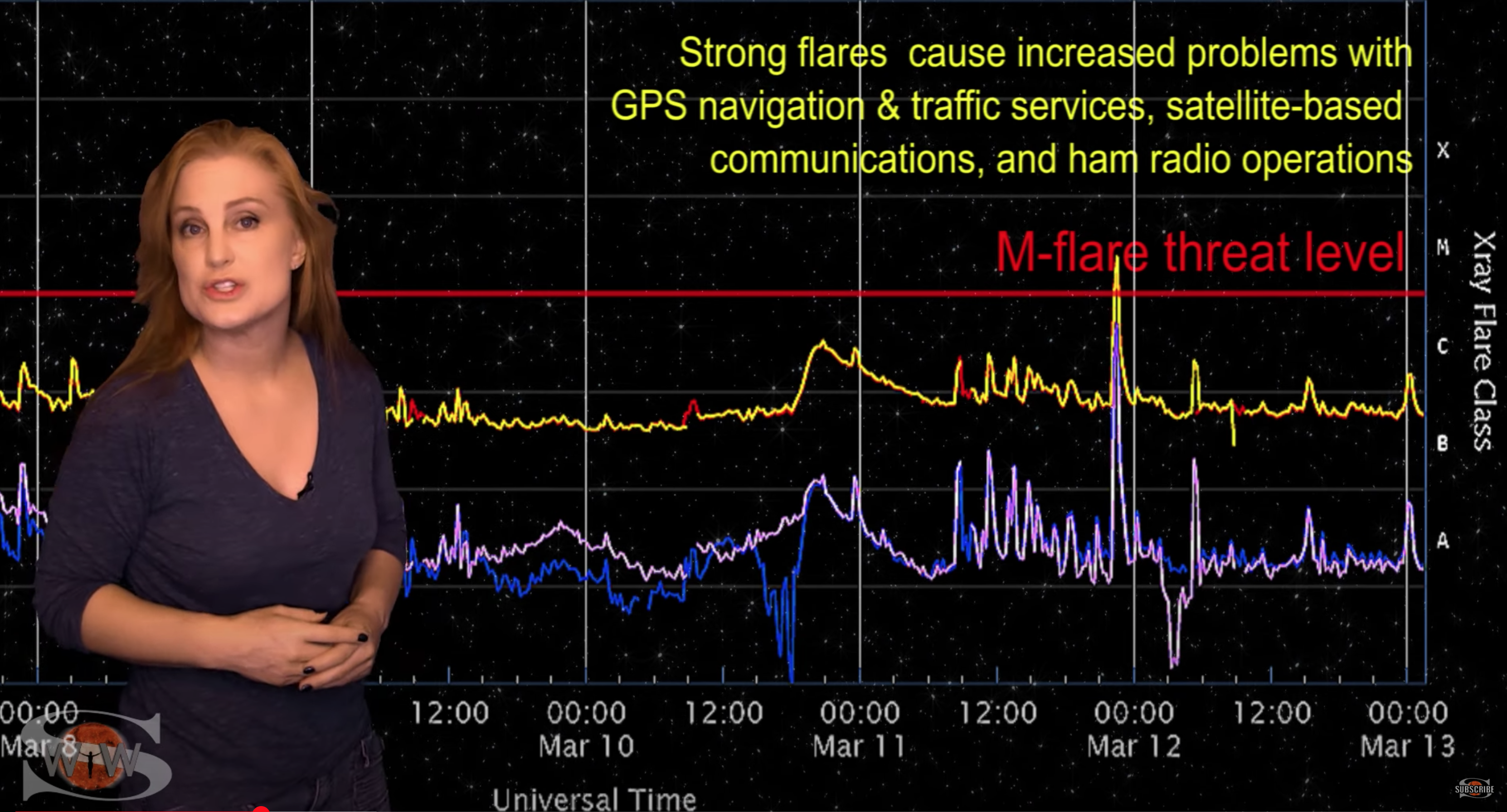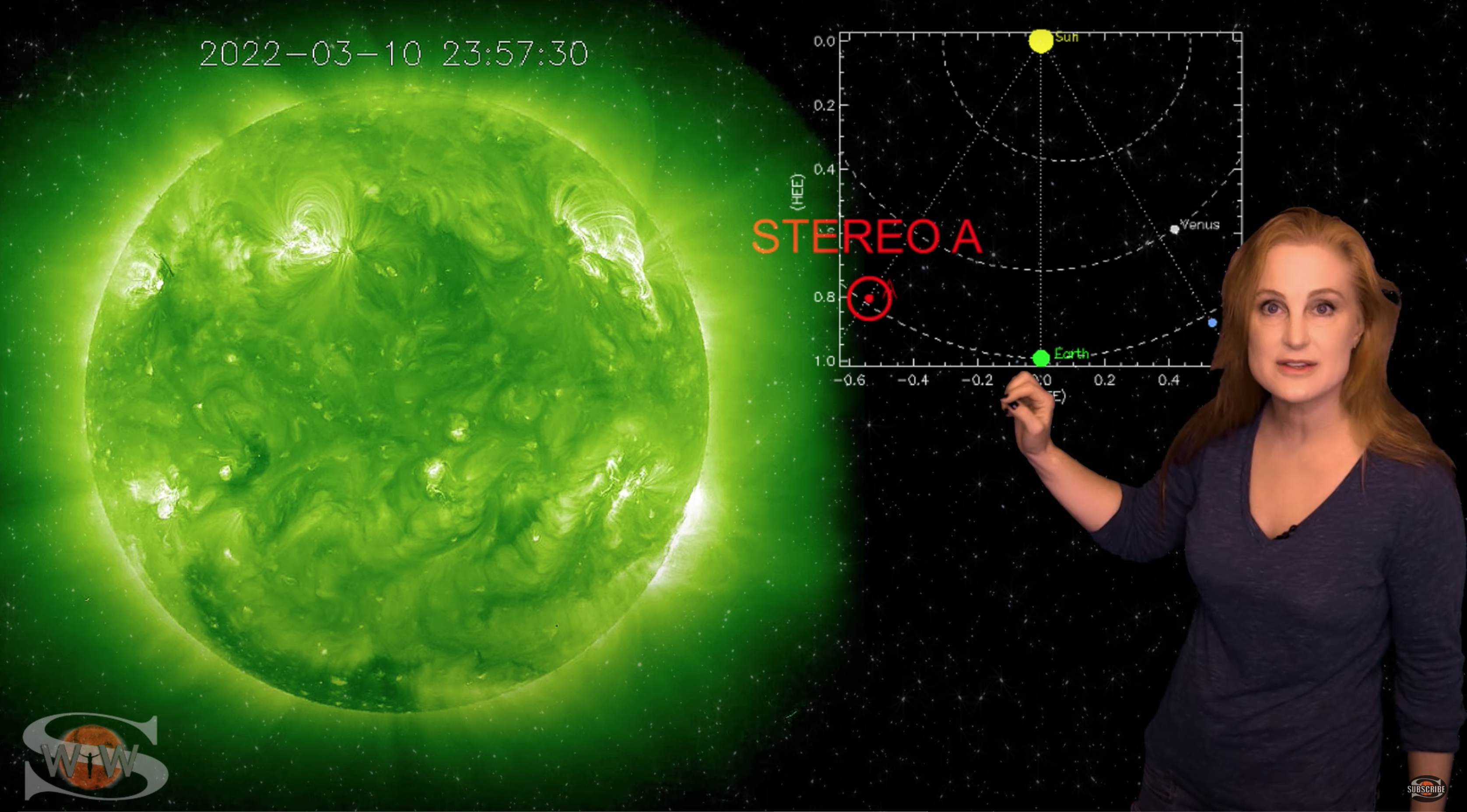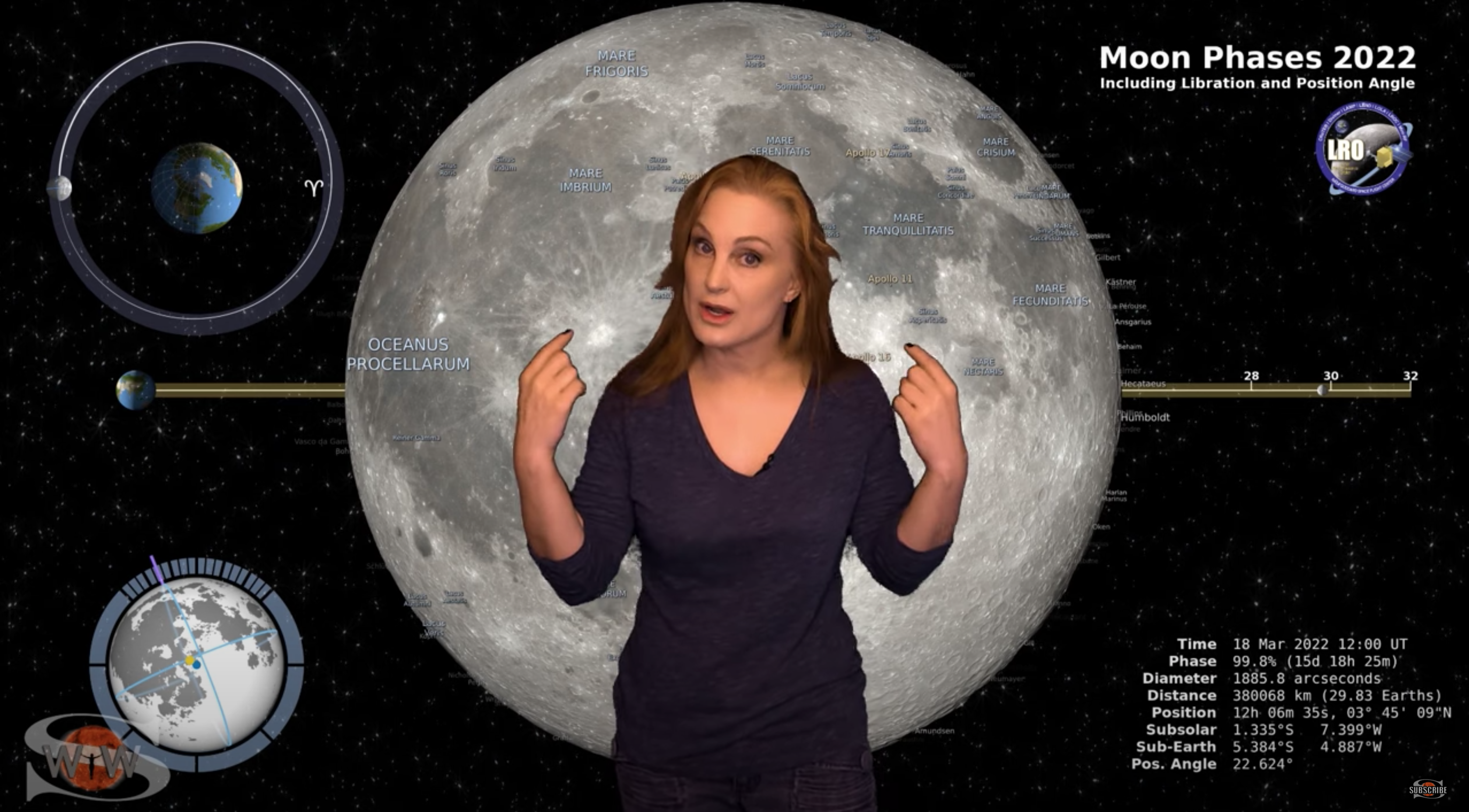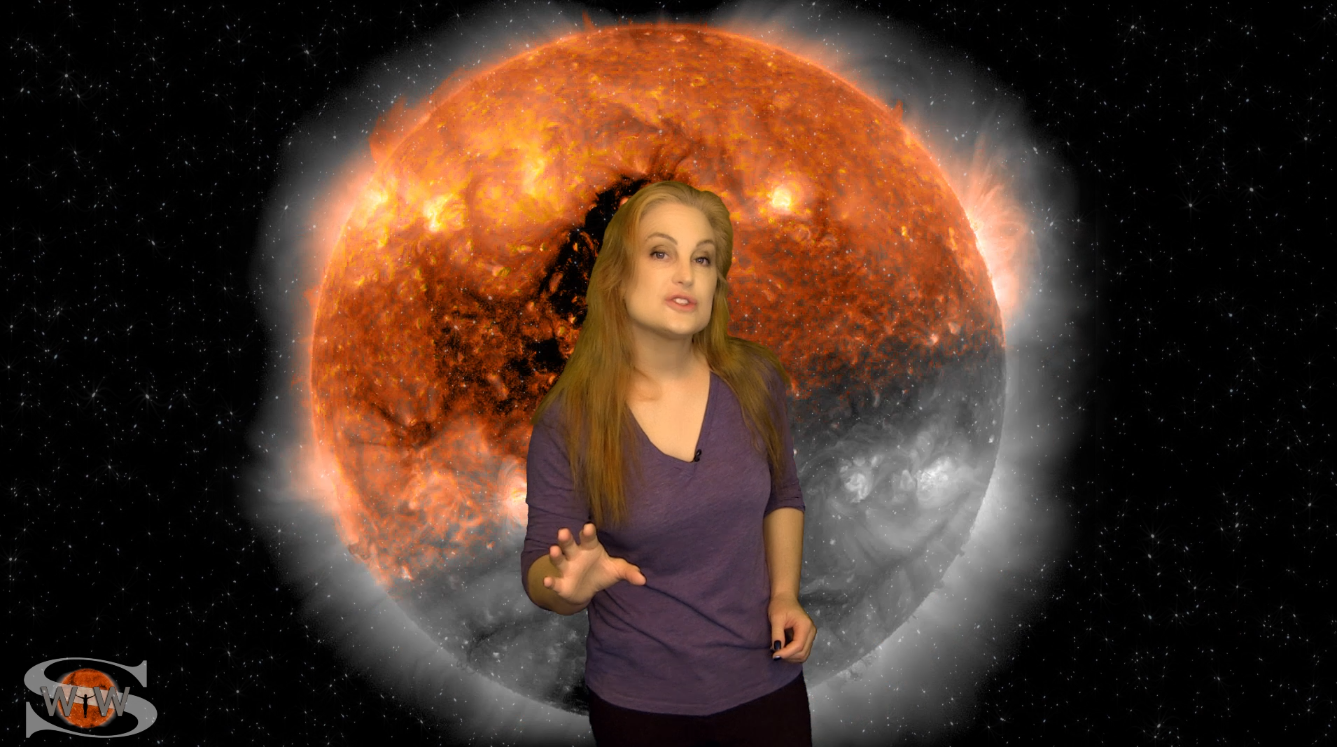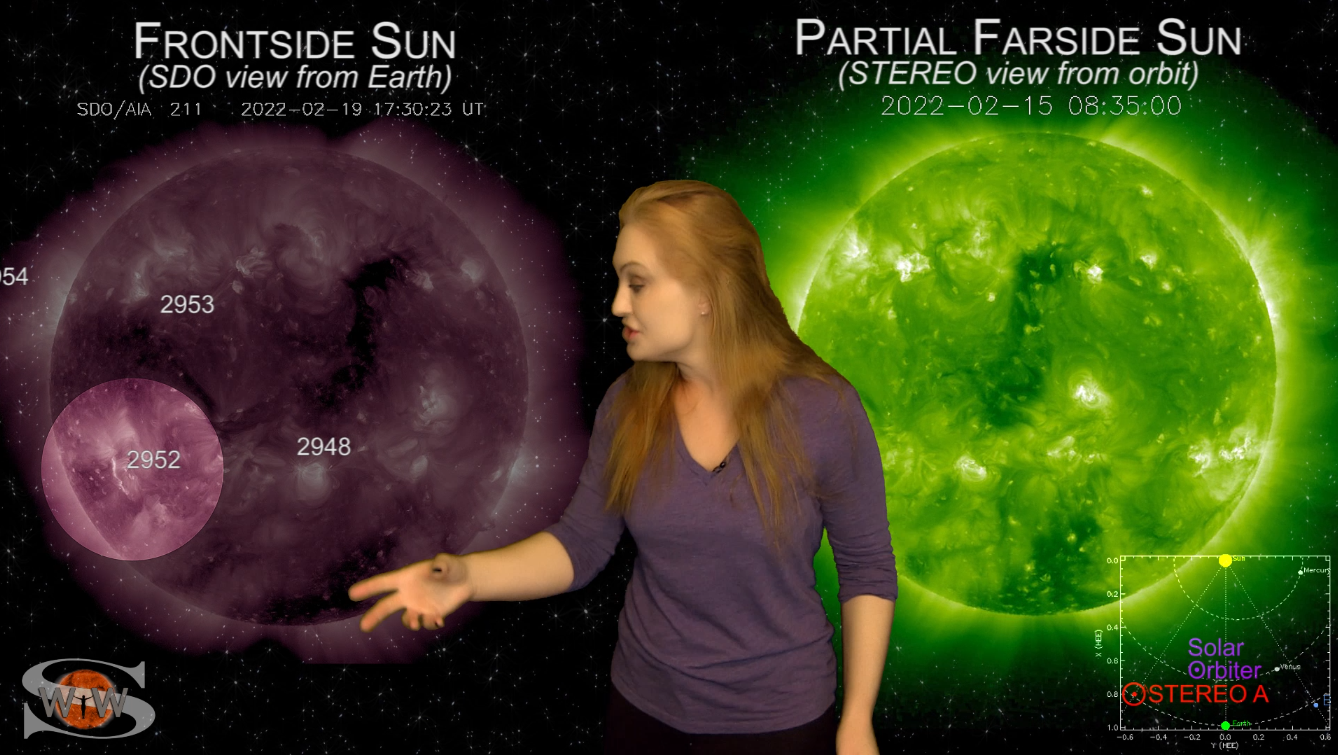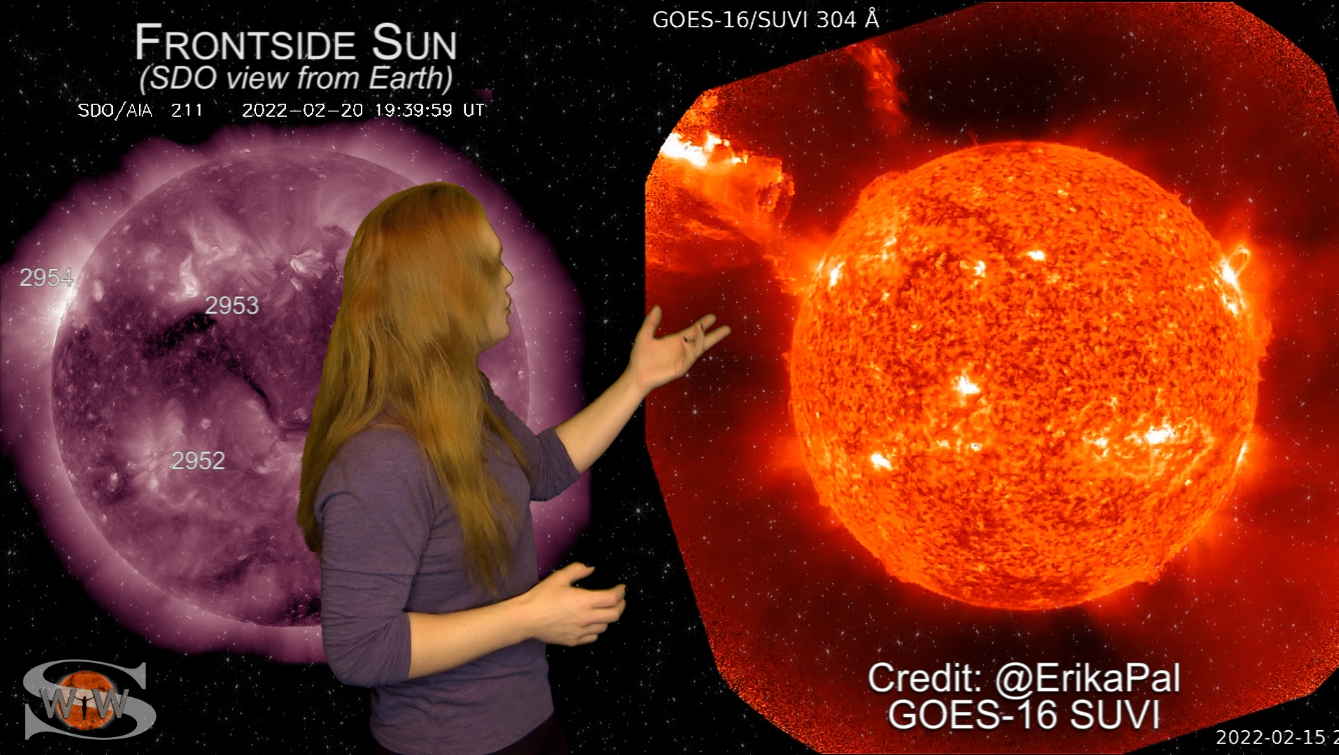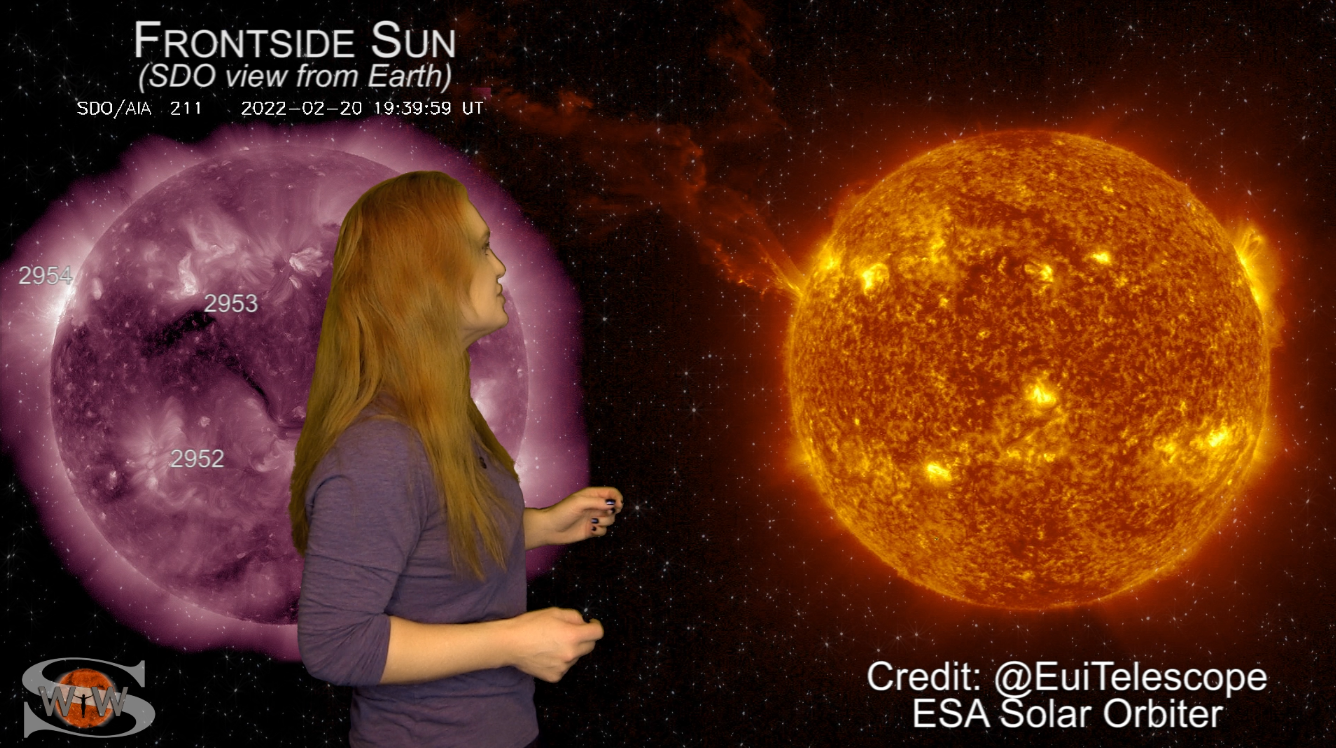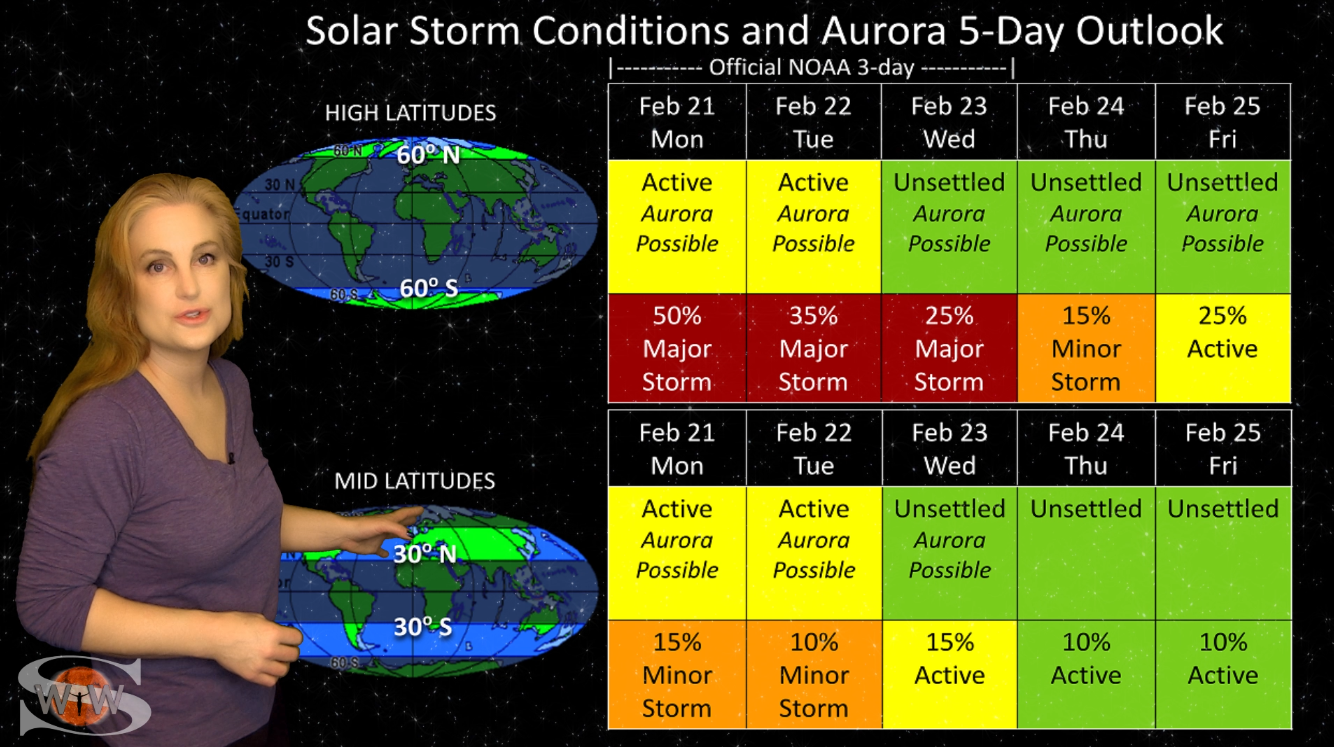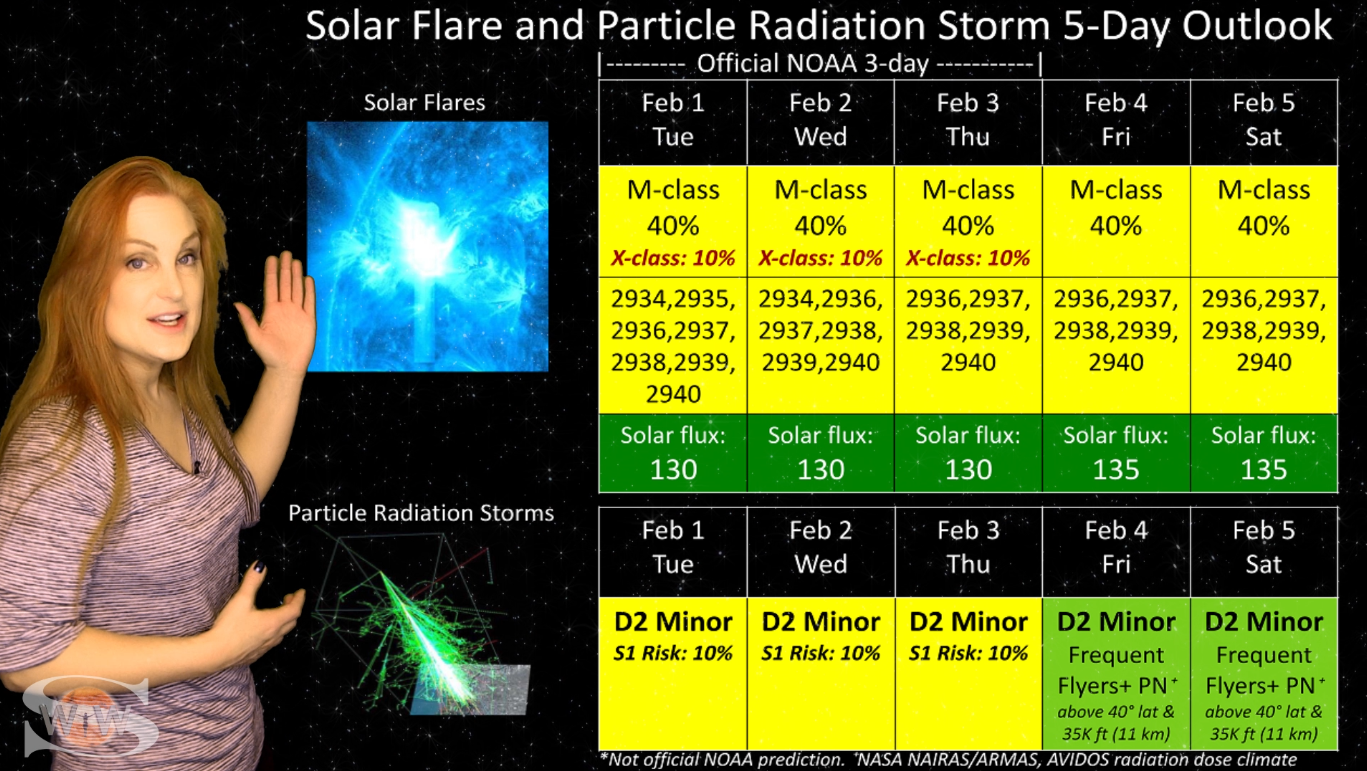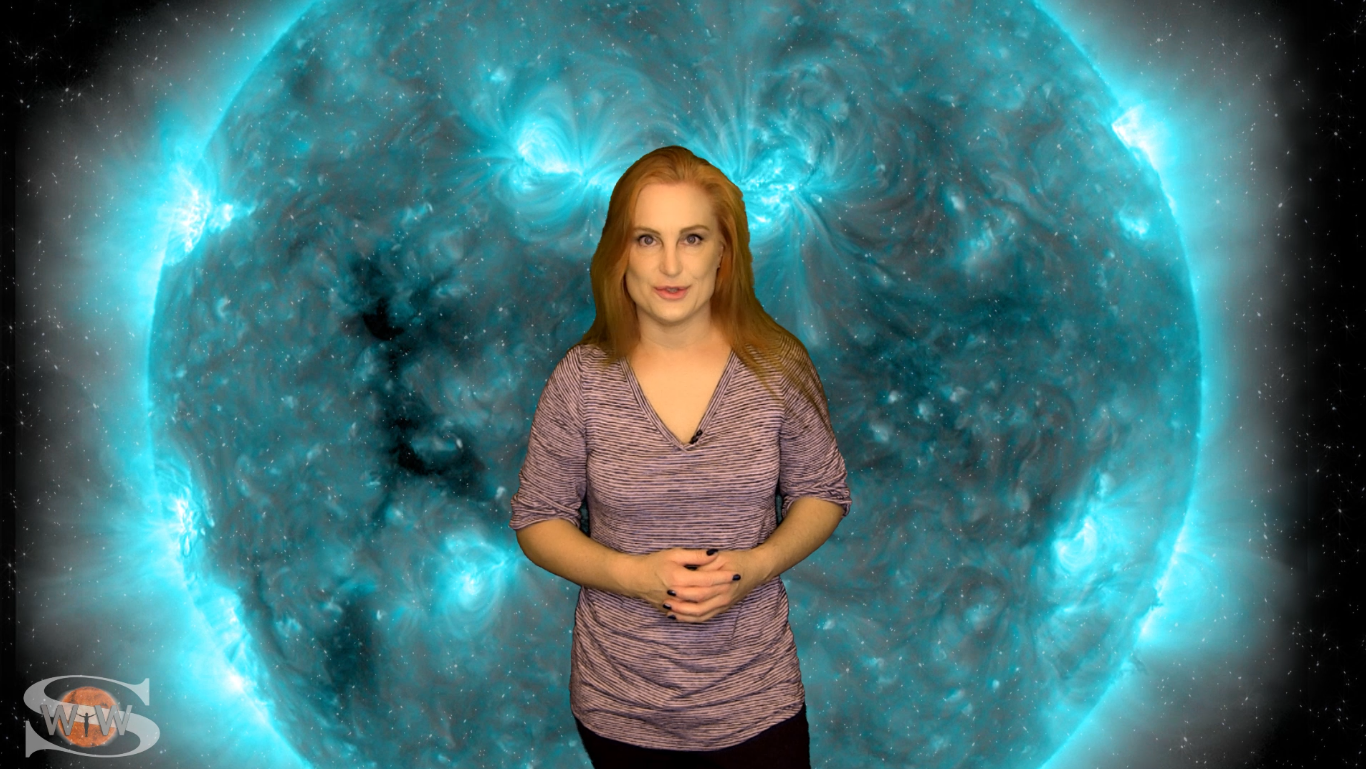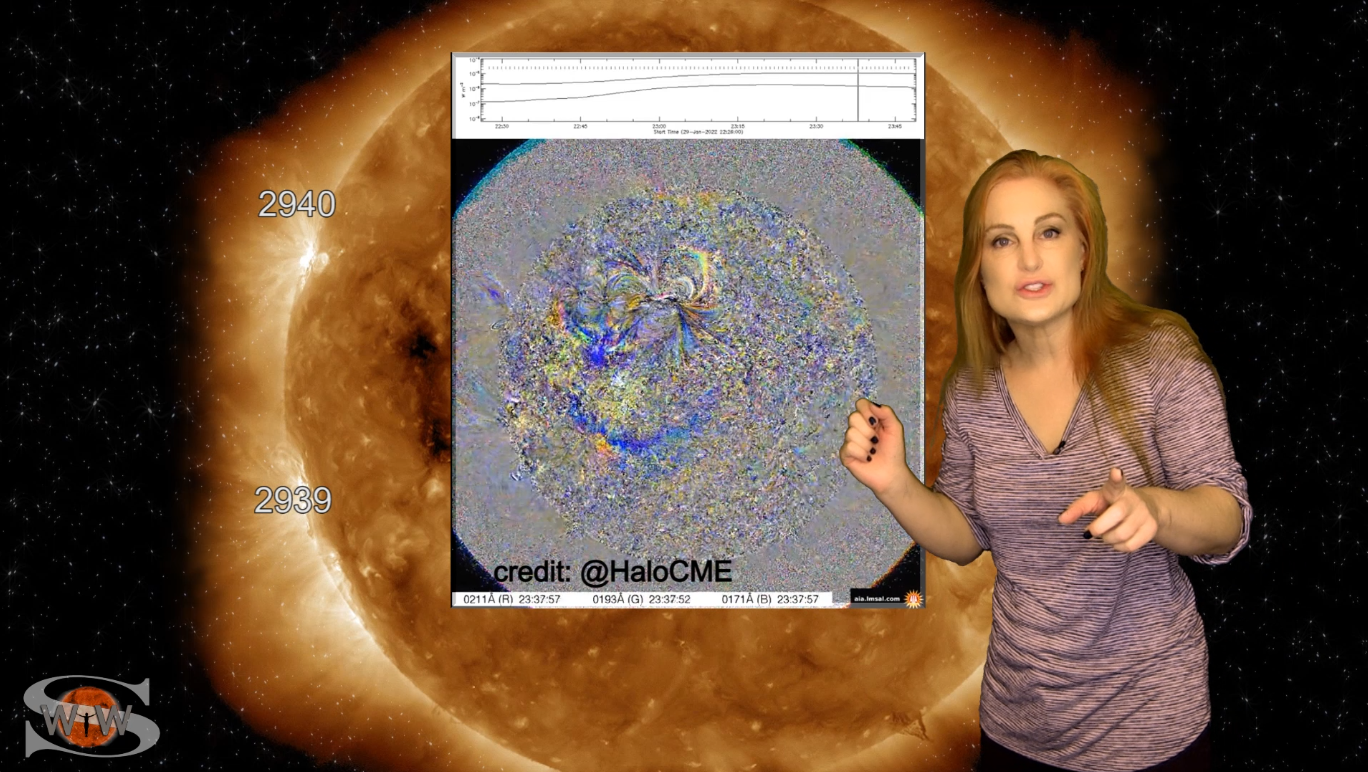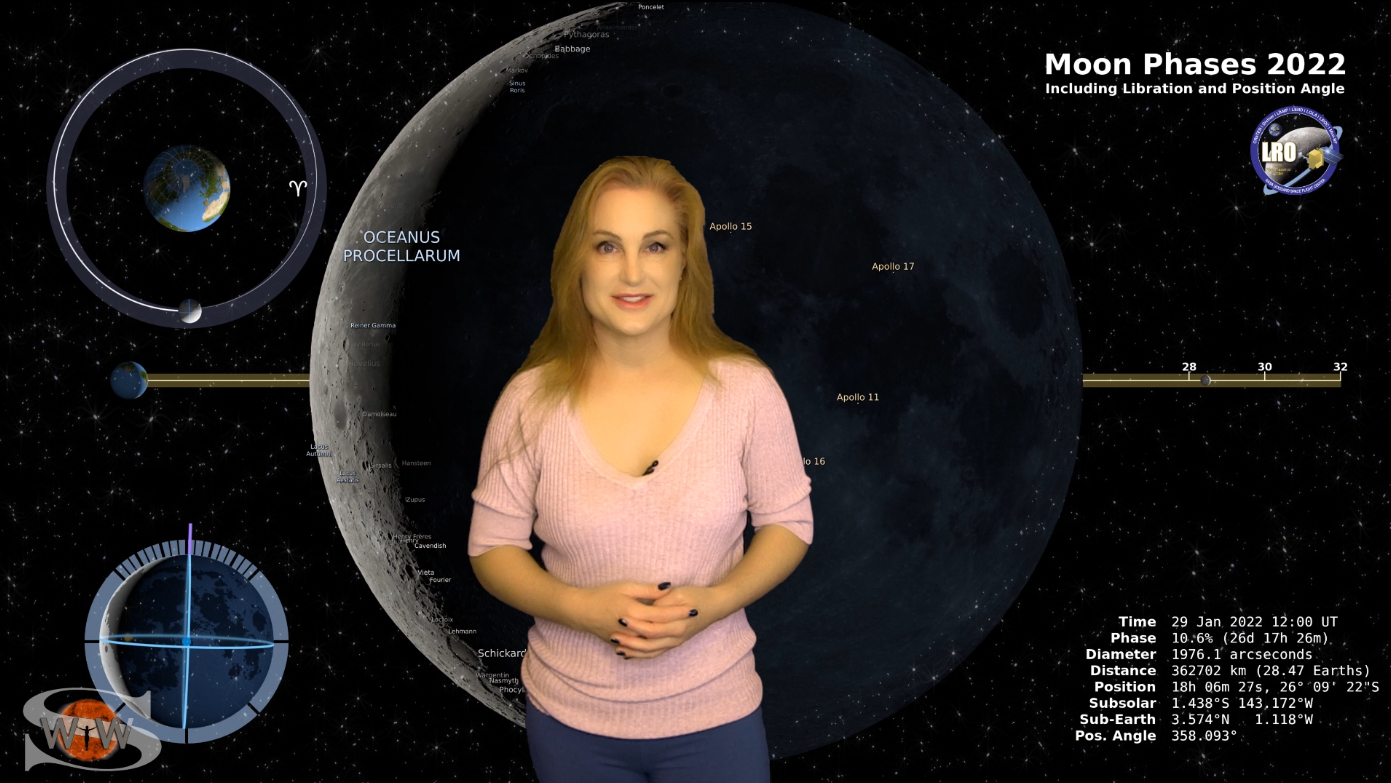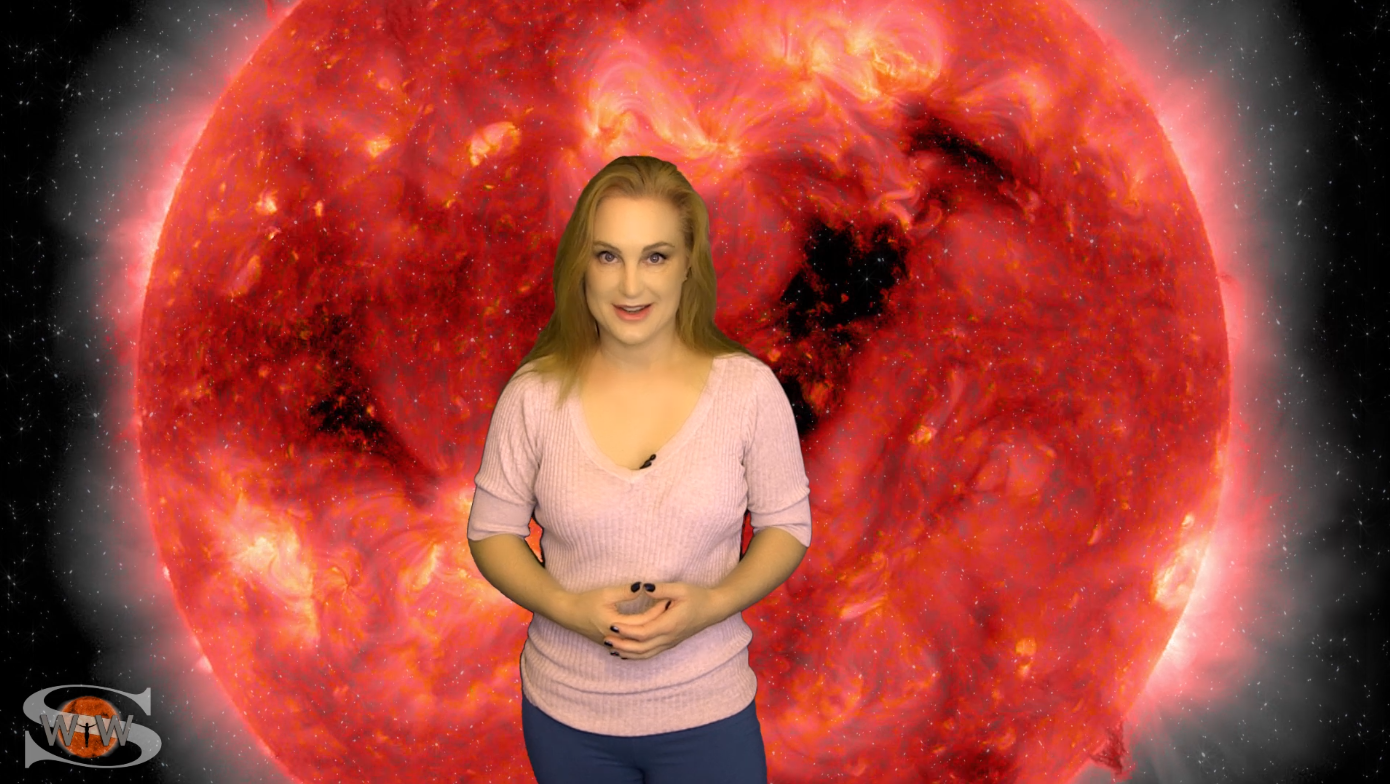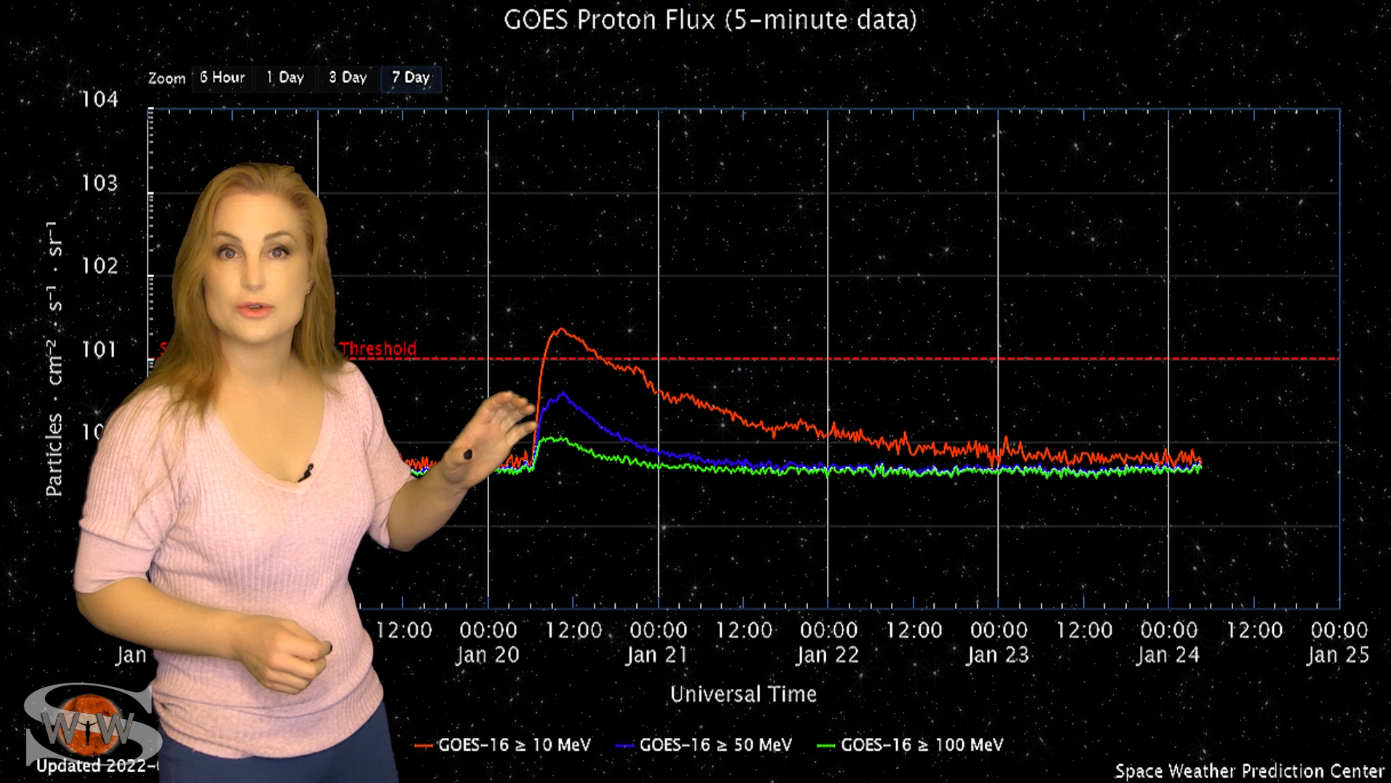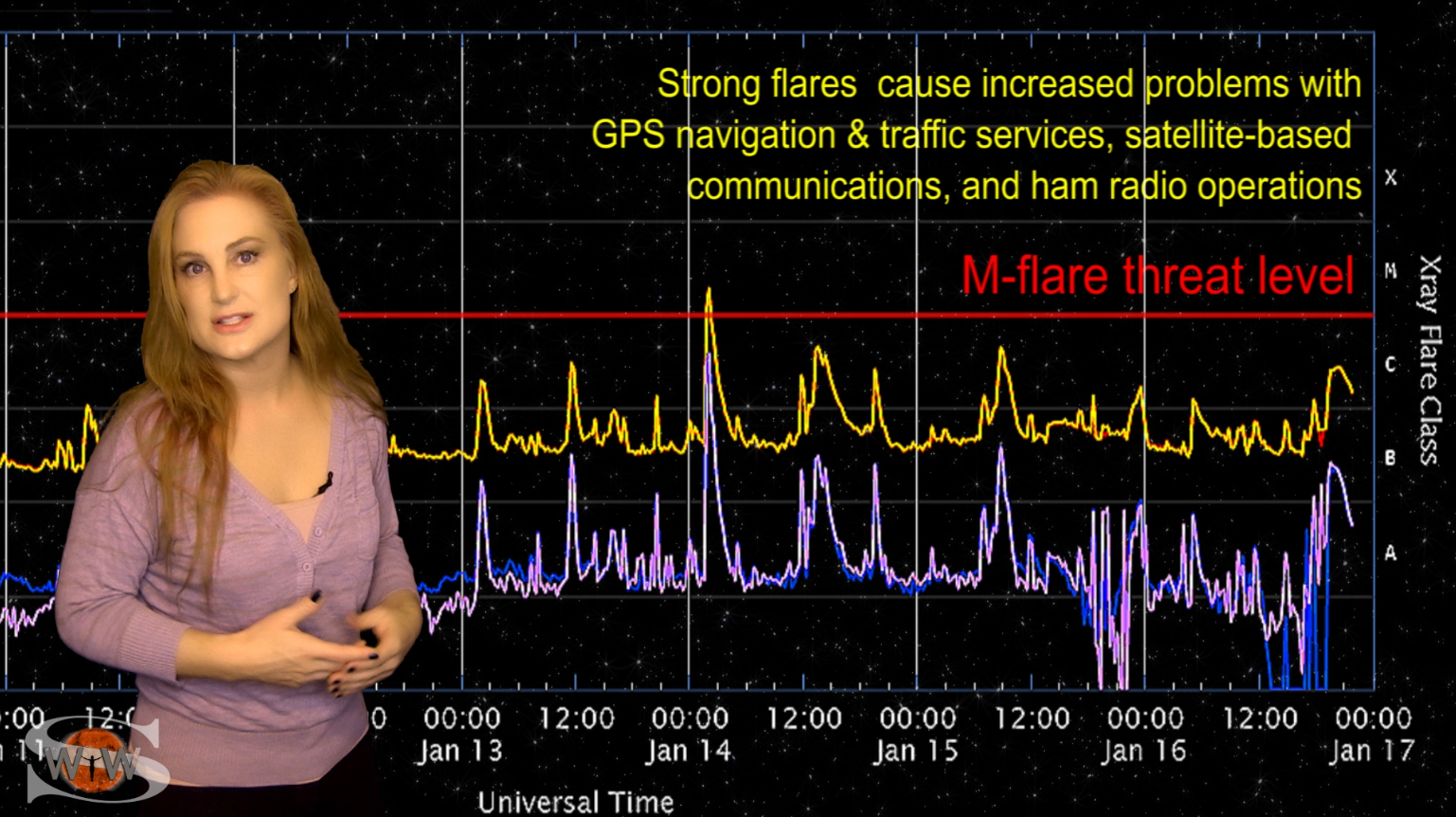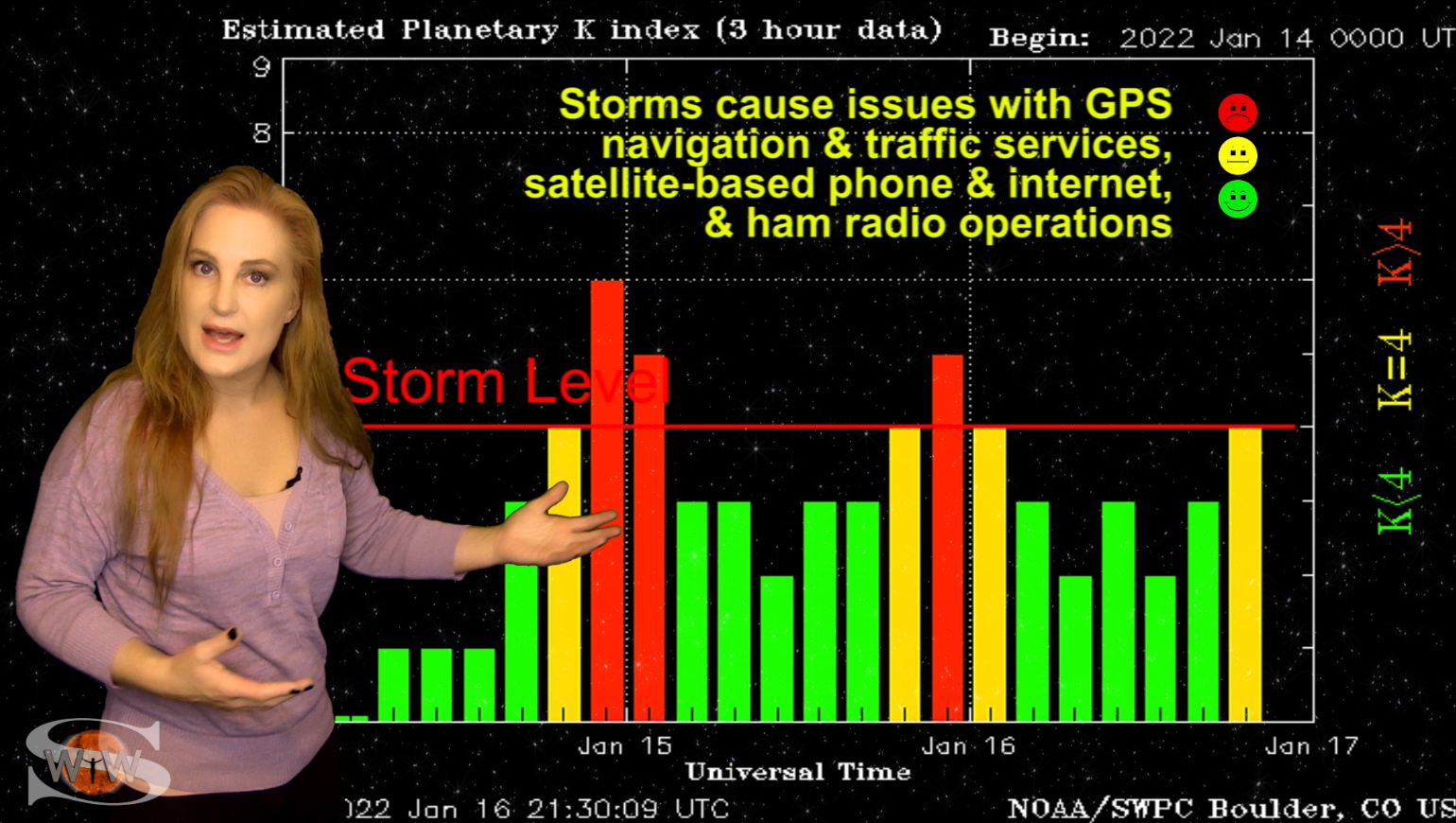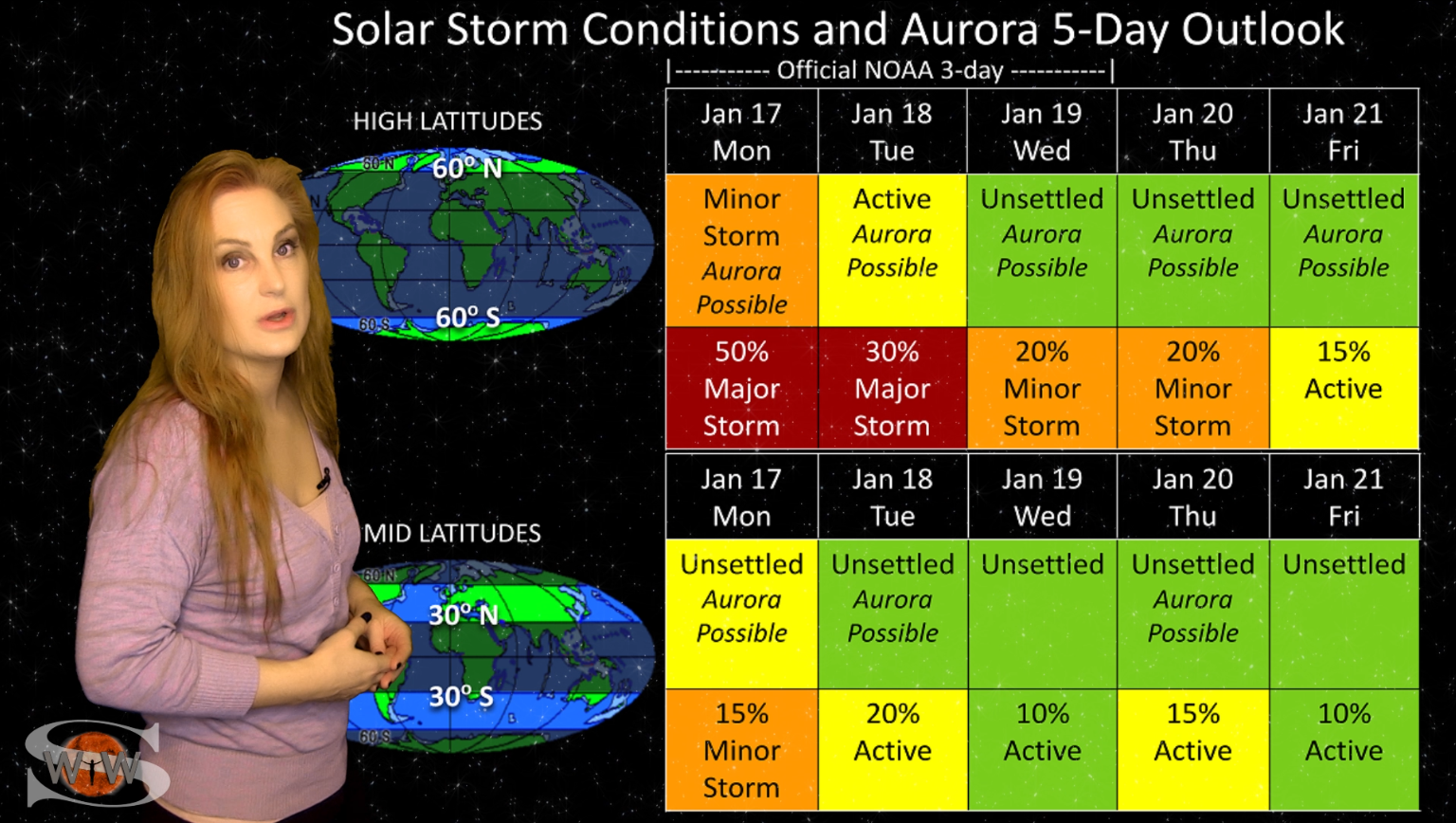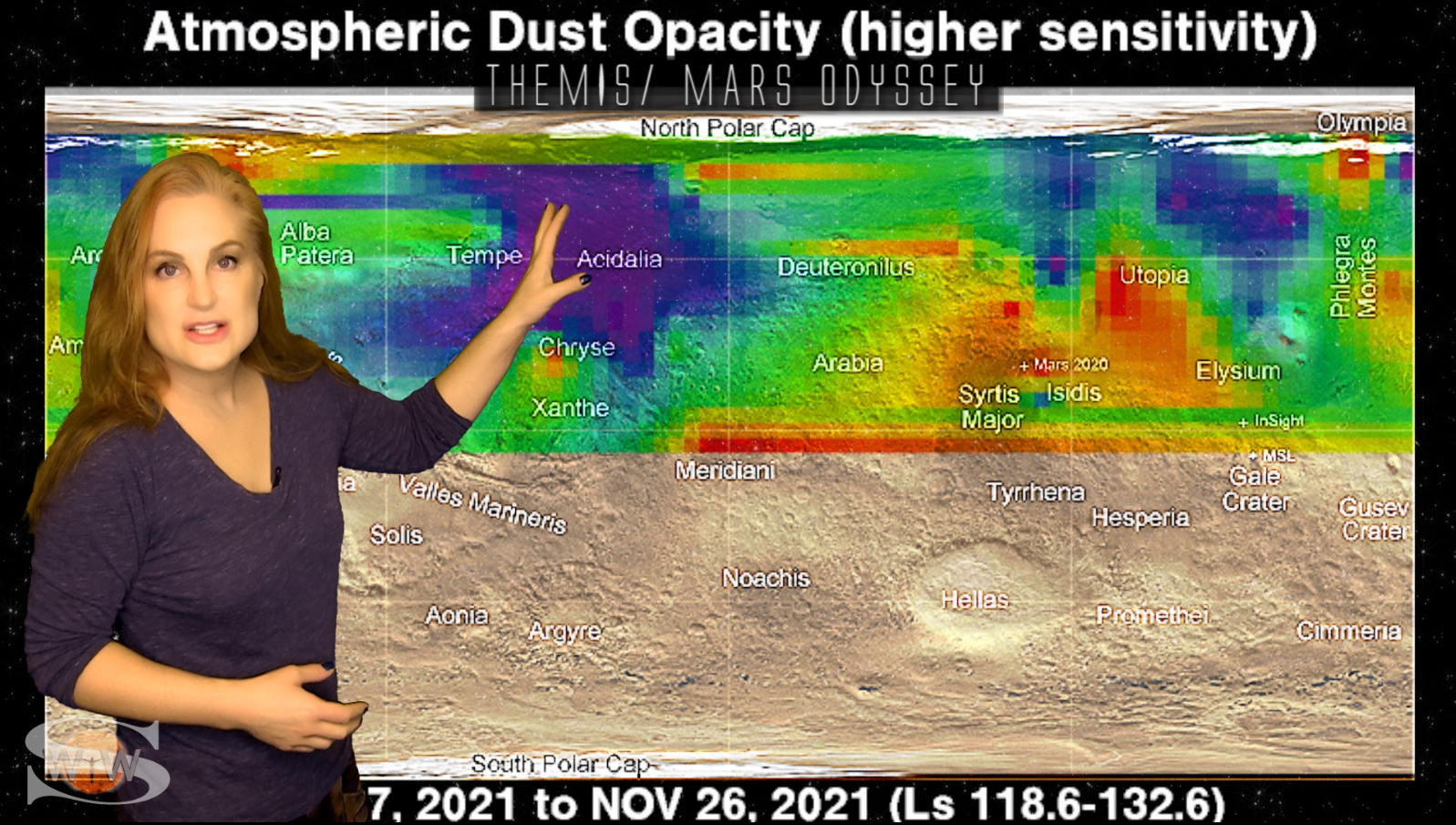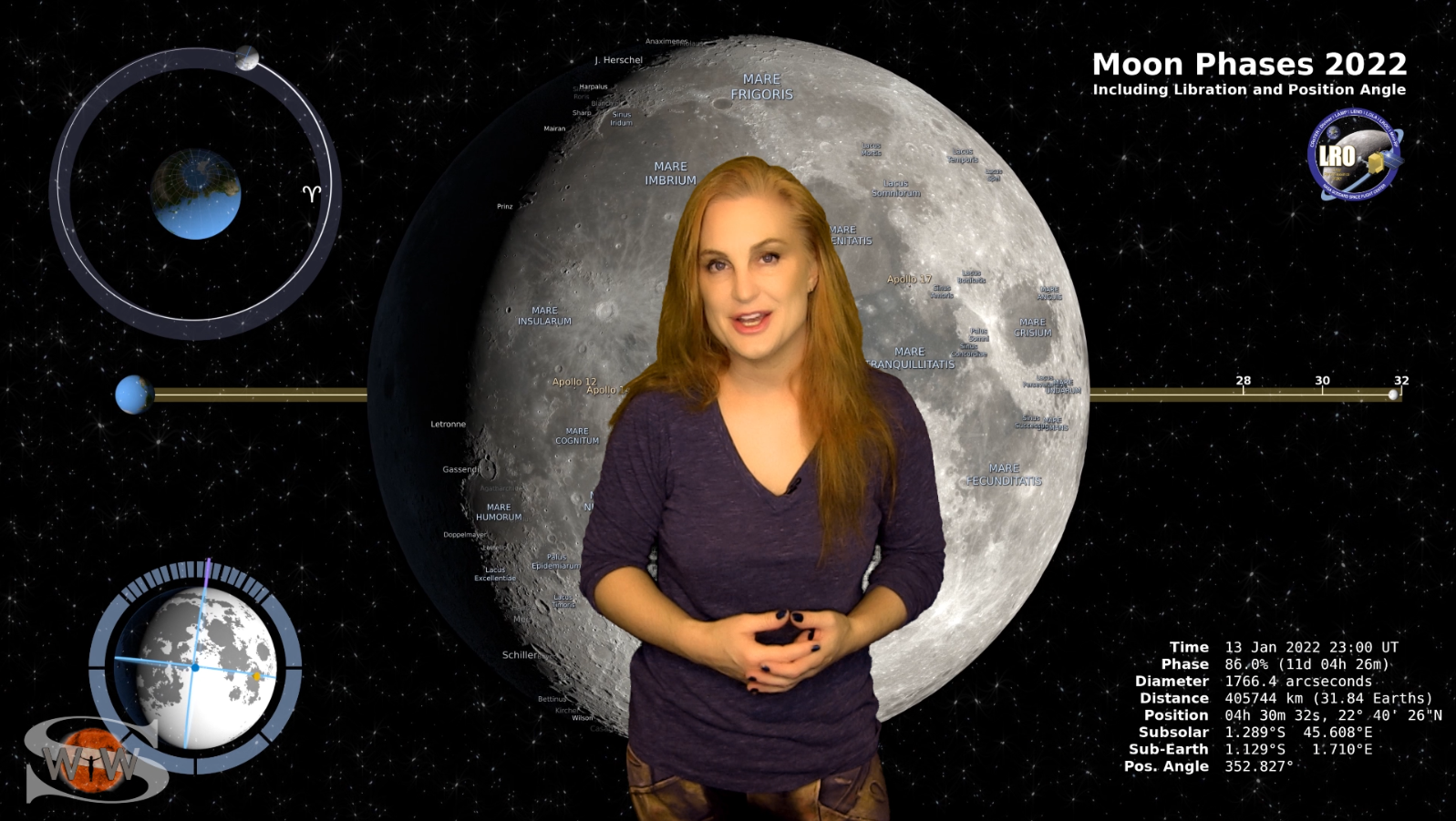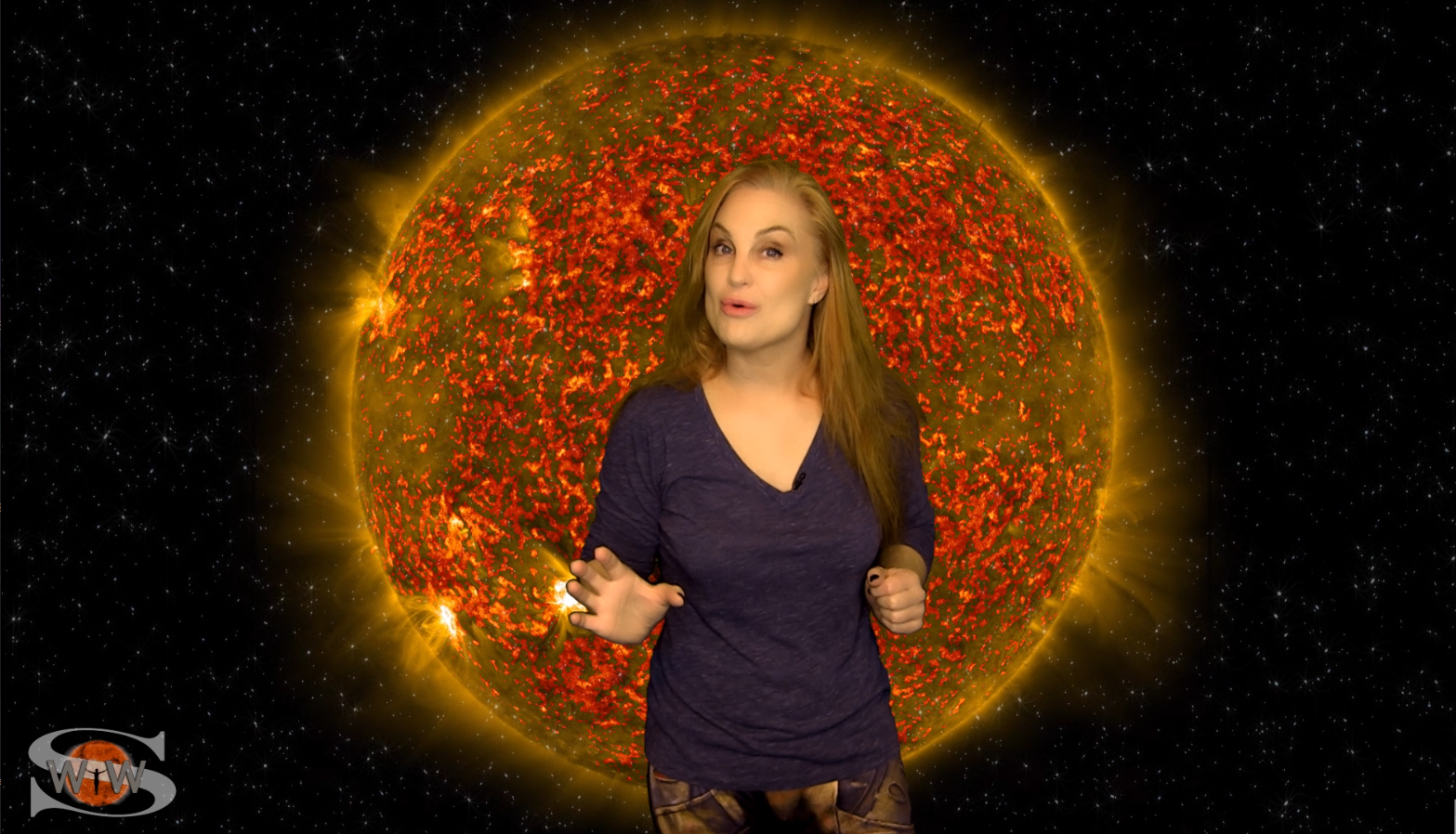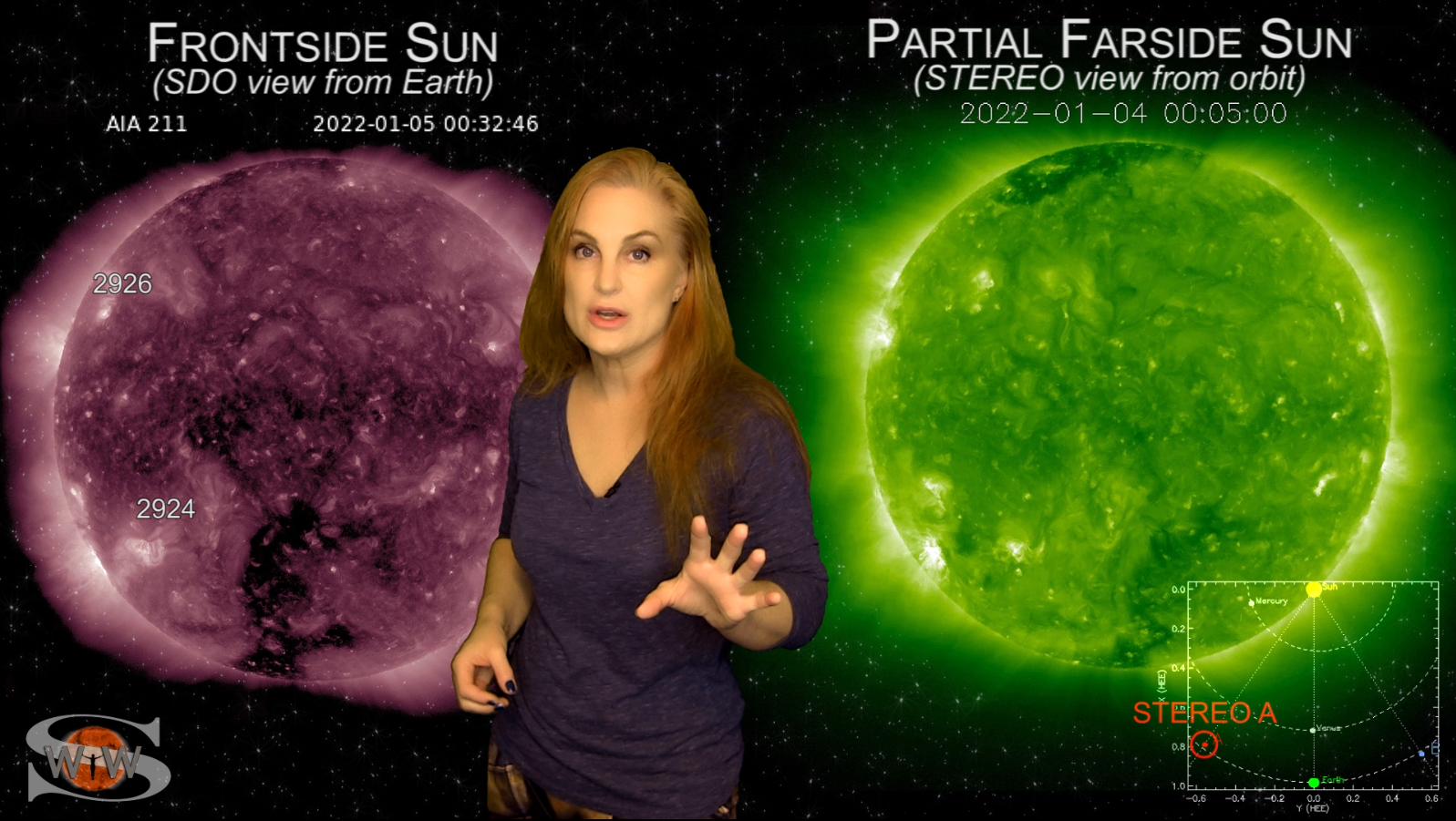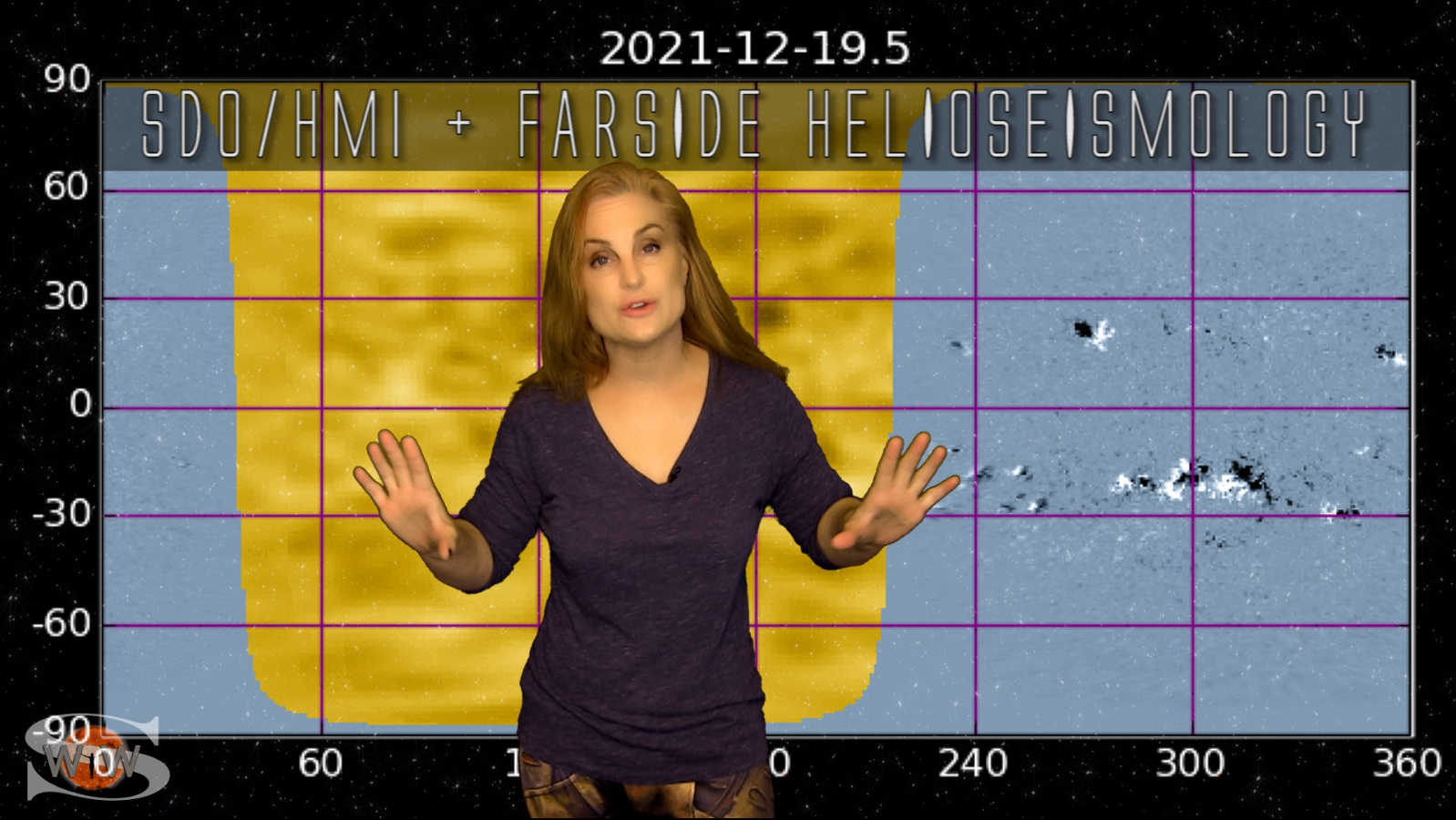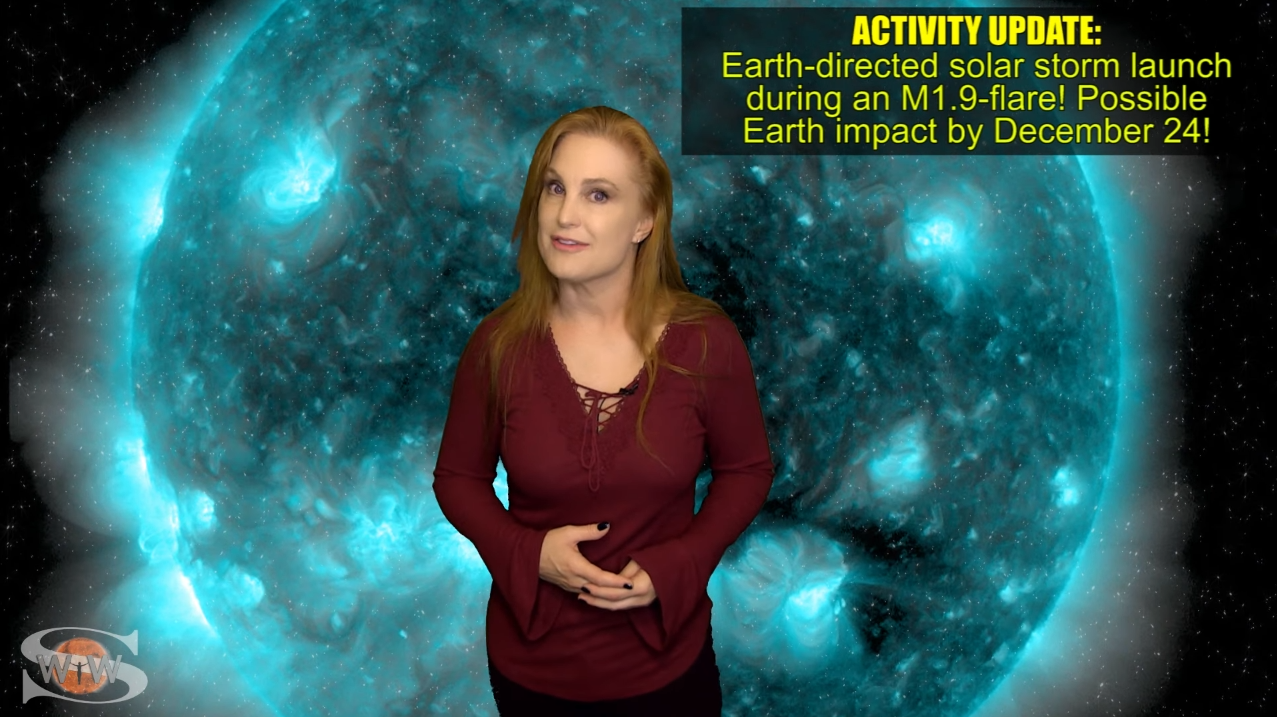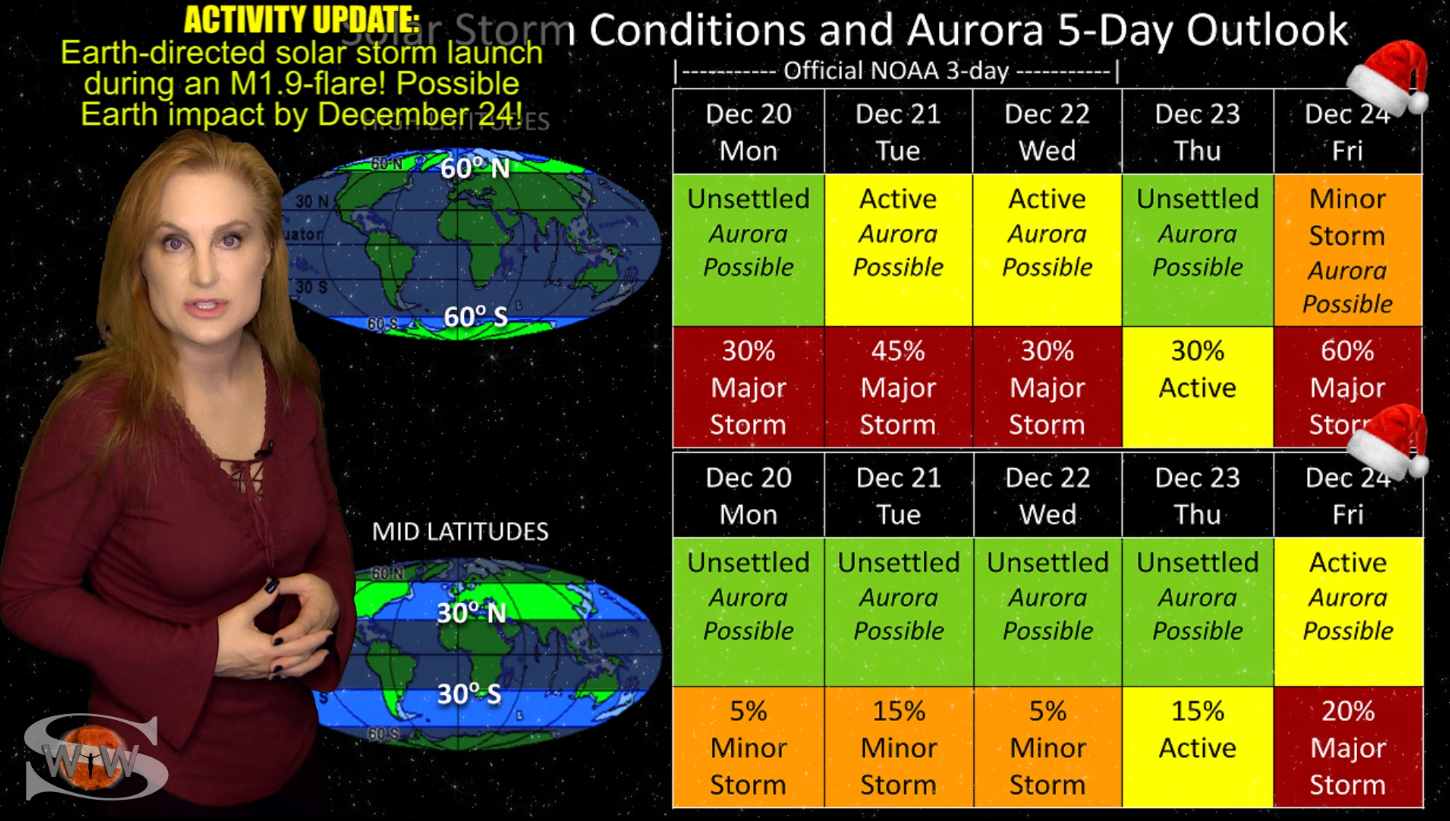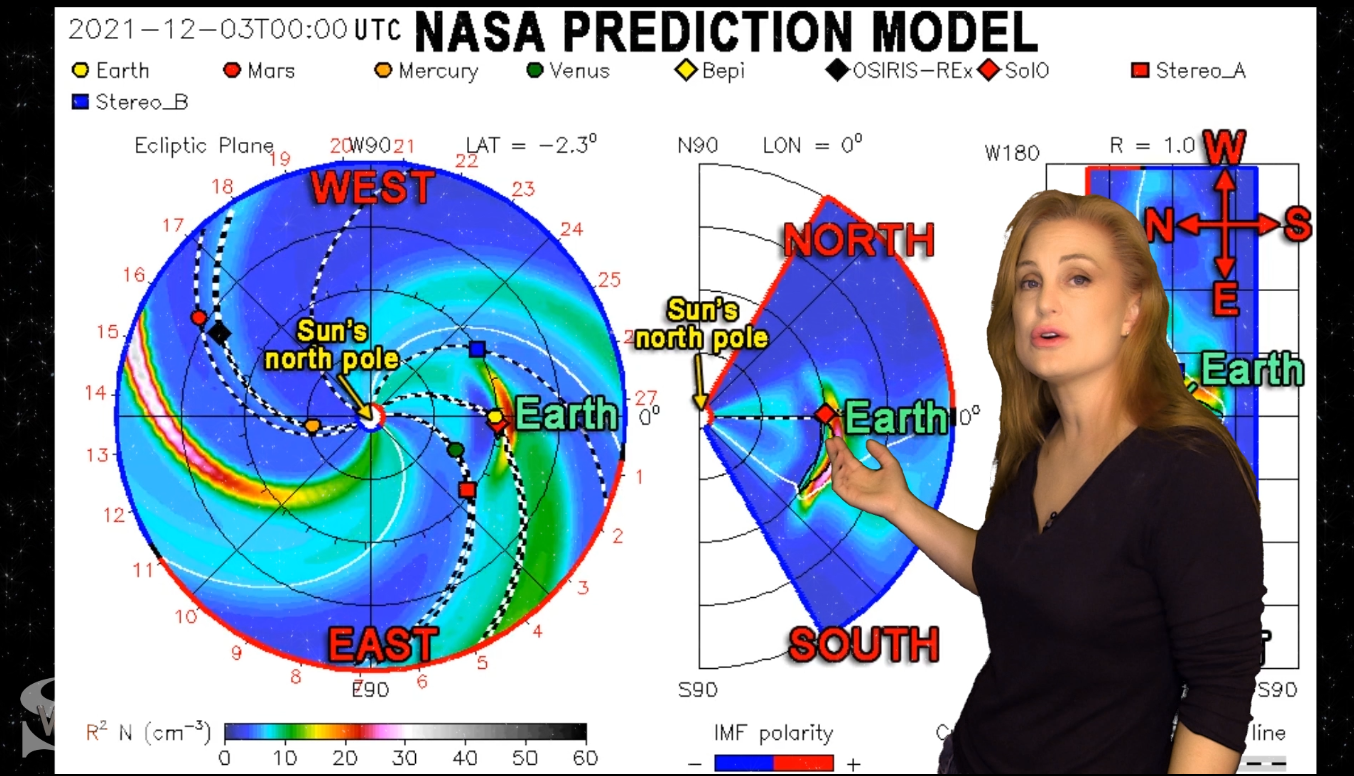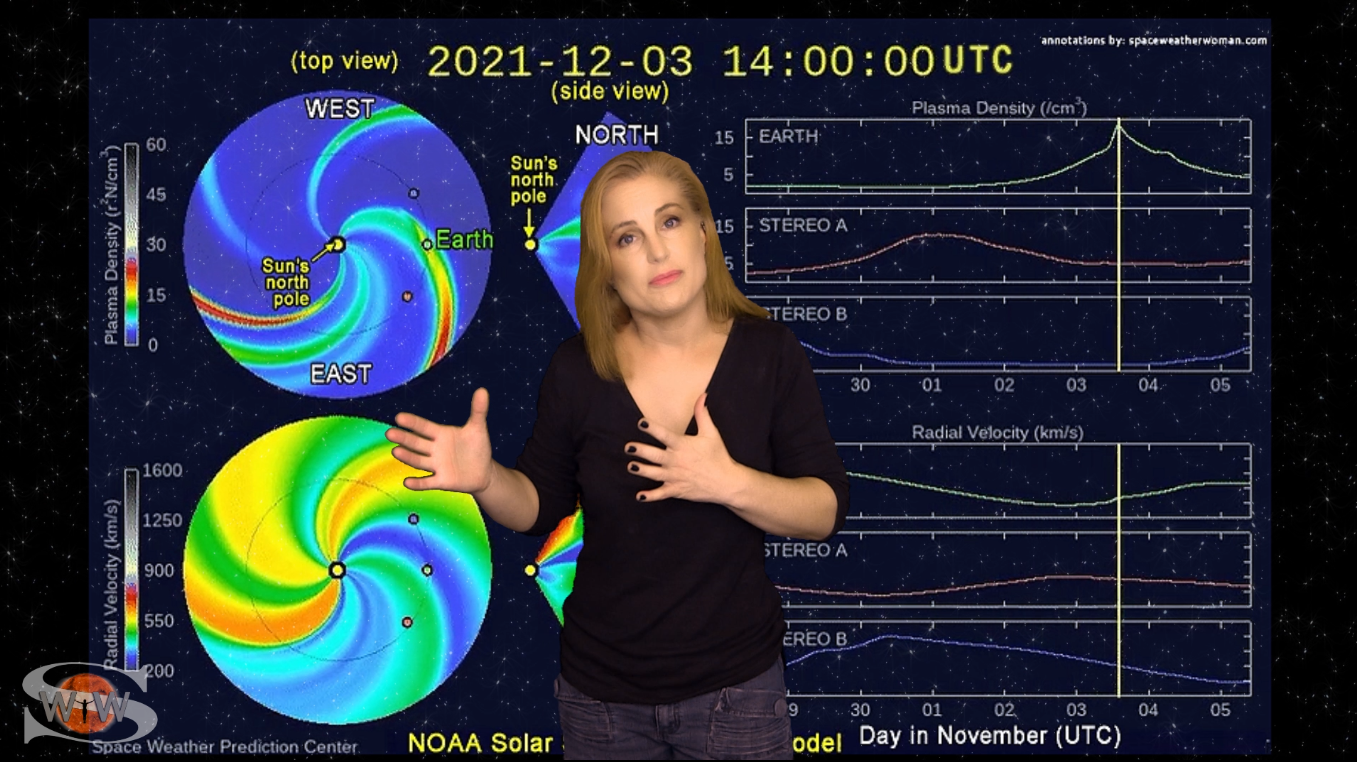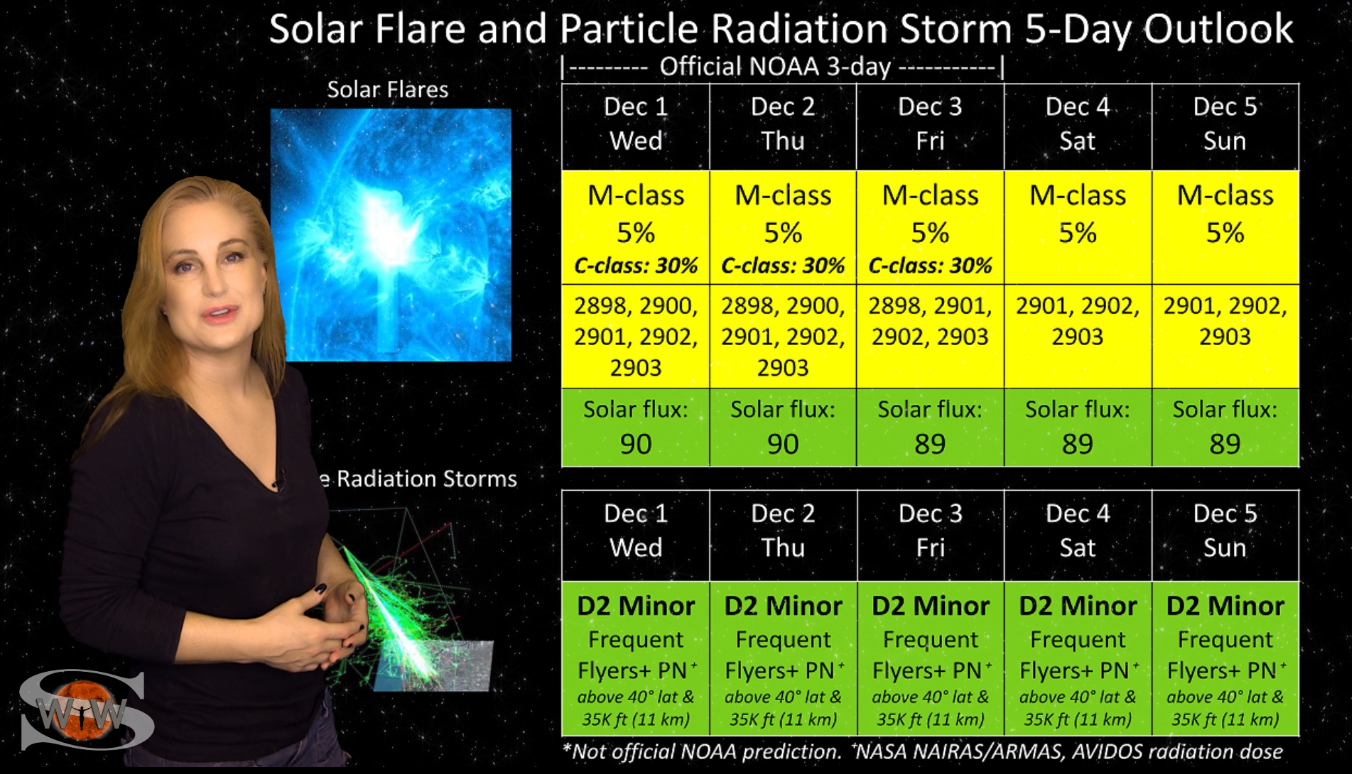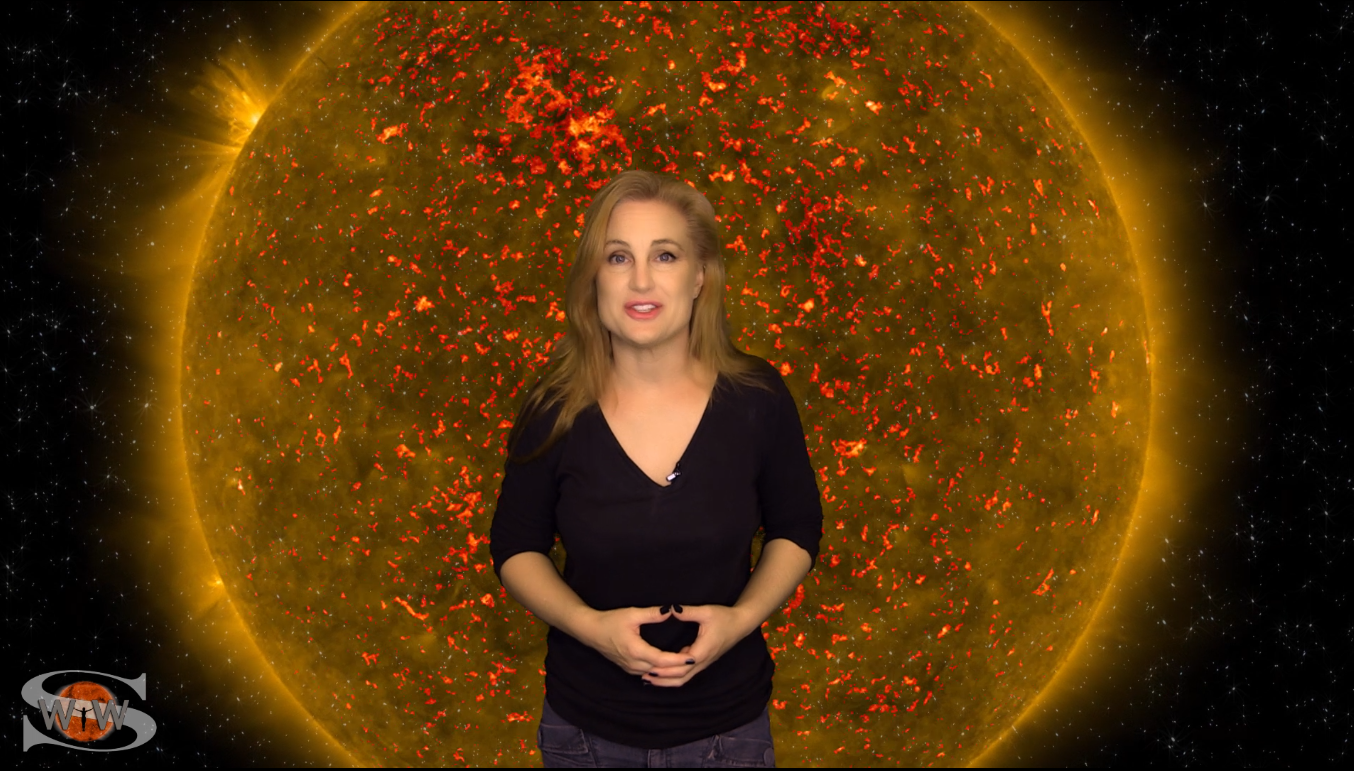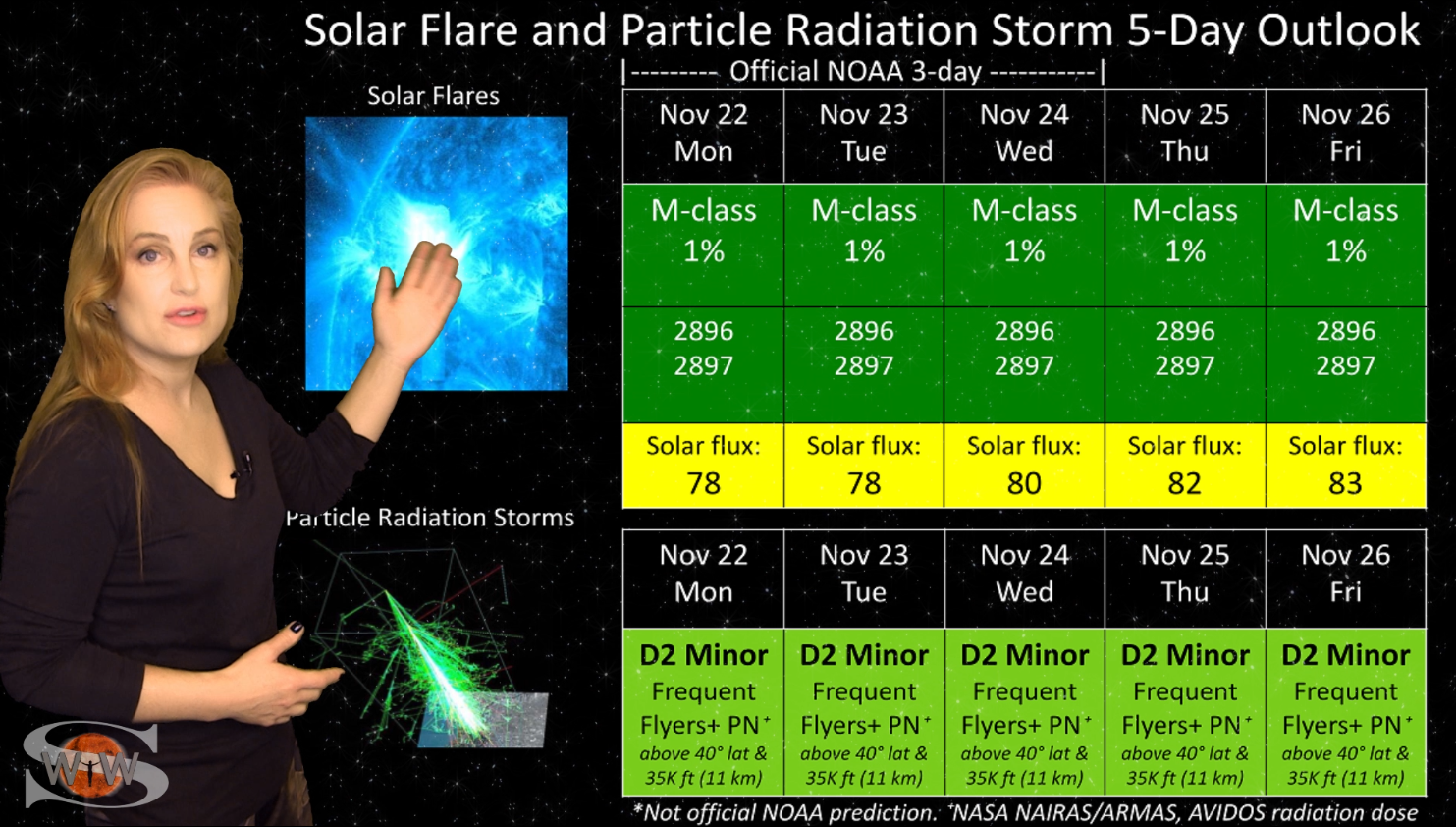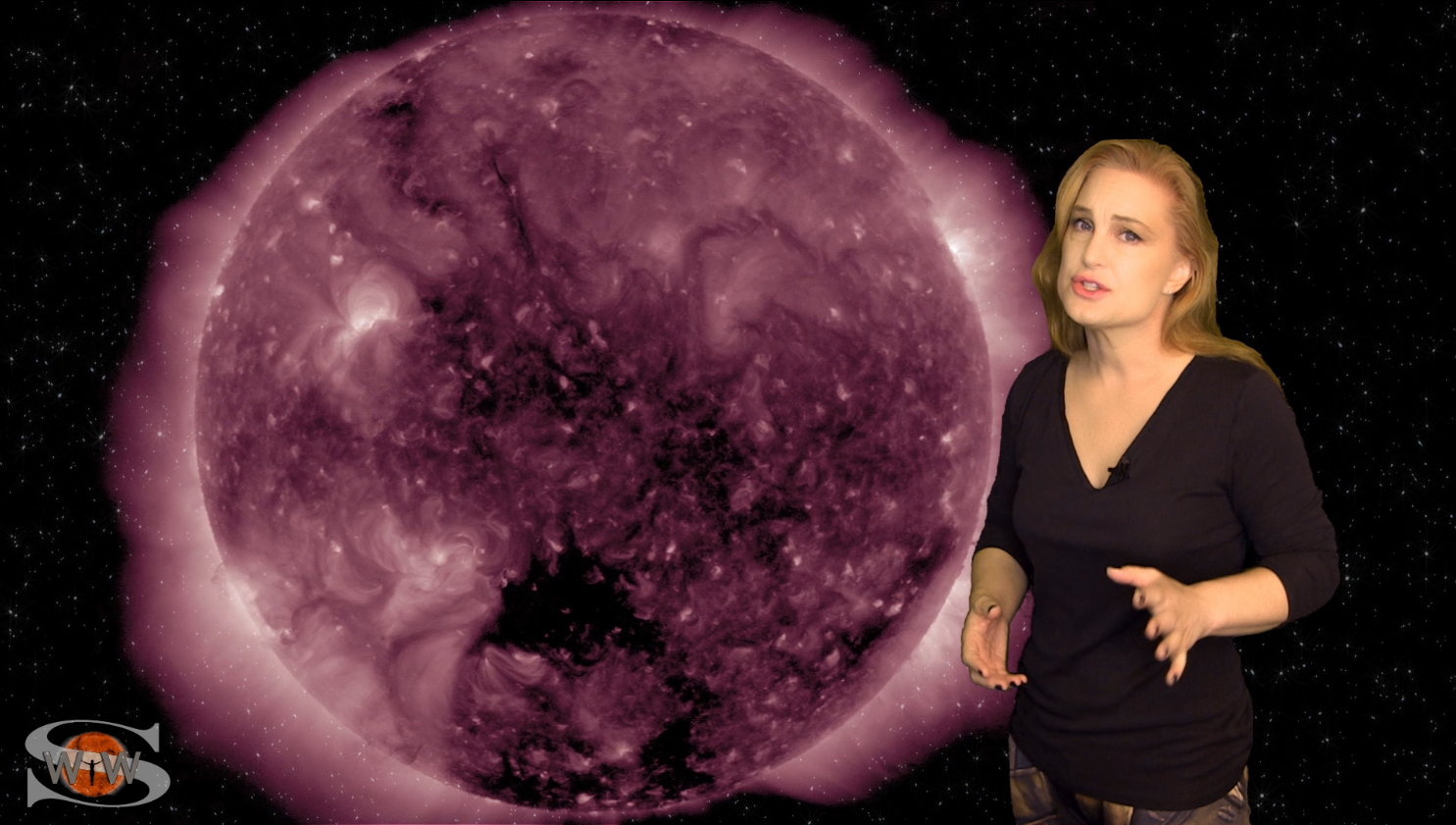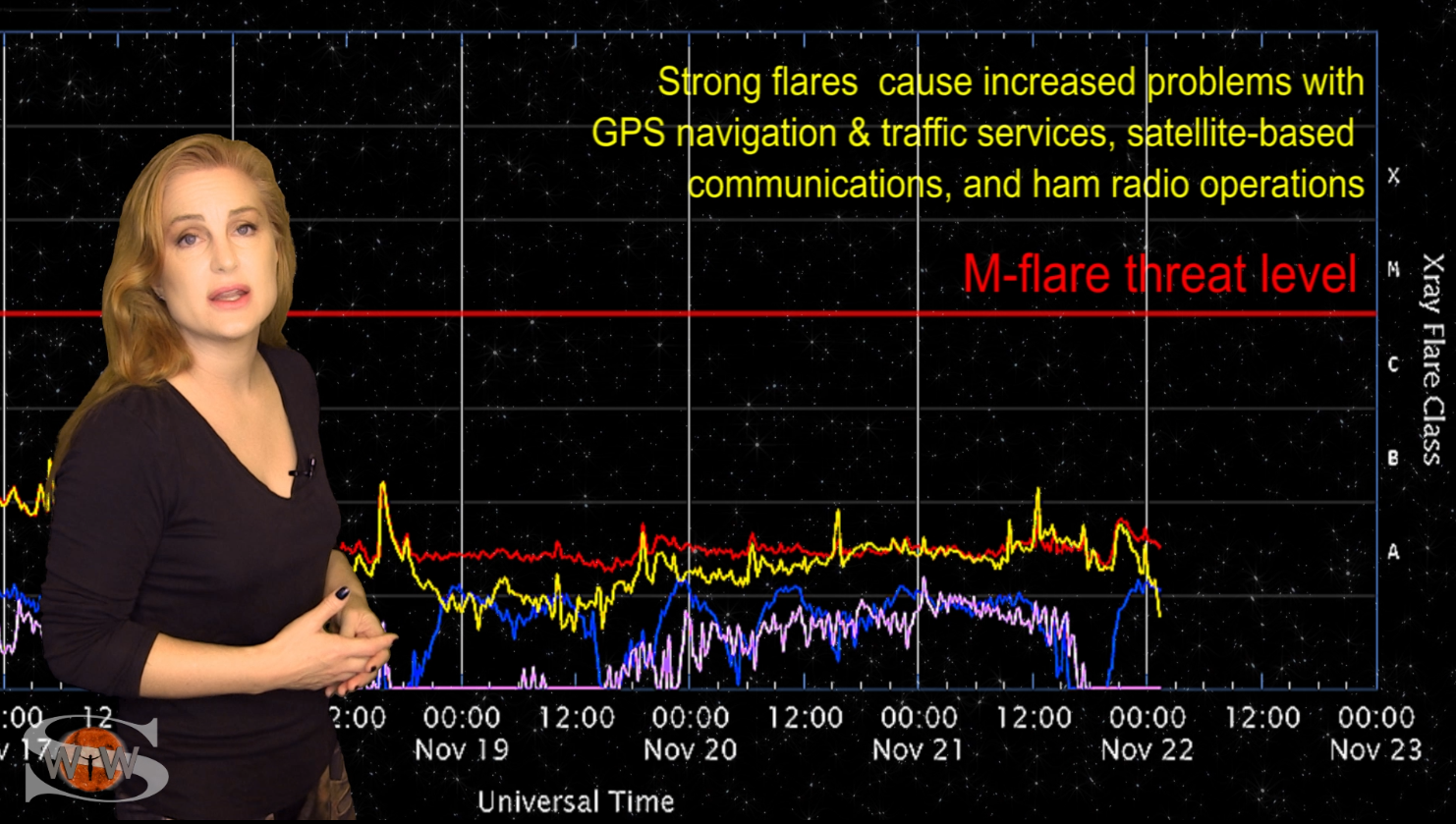A Machine-Gun Flare Player Delivers a 1,2 Punch at Earth | Space Weather News 03.30.2022
We have two back-to-back solar storms on their way to Earth! The second one will catch up and slam into the first before they reach Earth, which will intensify the impact when they arrive. Although the storms are expected to be a G2-level, NOAA has issued a G3-level watch for this set of storms just in case. It will likely be the largest solar storm hitting Earth since the brilliant aurora displays of November 3-4, 2021. all of this activity is due to the machine-gun-like activity from region 2975. This region has fired no less than 8 M-class flares, one radiation storm, and two solar storms over the past several days. Amateur radio operators and GPS users should stay vigilant as radio blackouts are on the menu over the rest of this week. Aurora chasers should keep their batteries charged as we could see aurora dip as far south as Germany in Europe, Iowa & Colorado in the USA, and as far north as Aukland in New Zealand and Victoria in Australia! Lean the details of the coming solar storms, watch region 2975 in action, and see what else our Sun has in store! Want early access to these forecasts, tutorials on Space Weather, & more? Visit: https://patreon.com/SpaceweatherWoman
Podcast: Play in new window | Download (Duration: 9:31 — 13.1MB)
Subscribe: Apple Podcasts | Spotify | RSS
